About the interview
The founder of “I am Gallery” shares his thoughts on the phenomenon of the Ukrainian intelligentsia. From Shevchenko to Malevich, from the beginning to the present. We will tell you what complexes our time is full of, and what potential is laid in Ukraine.
Project work
— Good day, Pavle! Let’s talk with you about such an abstract category of society as the intelligentsia. Have you encountered the concept of the Ukrainian intelligentsia in your projects?
— After getting acquainted with the topic of our profile interview, I was very happy, because it is not talked about much. On the other hand, the responsibility of my every word lies solely with me. This is my subjective position regarding the Ukrainian intelligentsia.
In recent years, I have been working with a historical context. If two or three years ago we were working with the phenomenon of the 1960s and the thaw, this year I went a little further. Actually, in the work on the exhibition “Ivan Levinsky. Impulse” we went back a hundred years and talked about the technical, creative and religious intelligentsia of Lviv at the beginning of the 20th century.
While working on this project, our entire team discussed what developers and businessmen, academies and polytechnic teachers could be called at the time. We came to the conclusion that it was a section of the Ukrainian intelligentsia that rallied around various environments.
Environments of intelligentsia
— Can we say that the Kyiv environment itself was the main impetus in the formation of the Ukrainian intelligentsia?
— When we talk about the formation of the intelligentsia, God forbid we assume that only one environment formed the Ukrainian intelligentsia. This is the first step to ruining a good business. We don’t have just one or two centers, there are many more of them. For example, we can mention the Kharkiv, Odessa and Frankish environments. In addition to them, we should not forget about the Chernihiv and Poltava environments, which had a powerful identity. If we mention Mykola Vasylovich Gogol in this context, then he was one of the first to formulate Ukraine in literary terms: from mysticism to symbolism, from grotesque to comedy.
The environments I mentioned were not vacuumed, they had direct connections with the so-called central Kyiv environment. Despite the fact that Ukraine was divided territorially from the point of view of the communication of the intelligentsia, it was in the same discourse. This becomes clear enough when we talk about the all-Ukrainian network of the intelligentsia and its communication: contacts around the Shevchenko Scientific Society, museum work, the Greek Catholic Church.
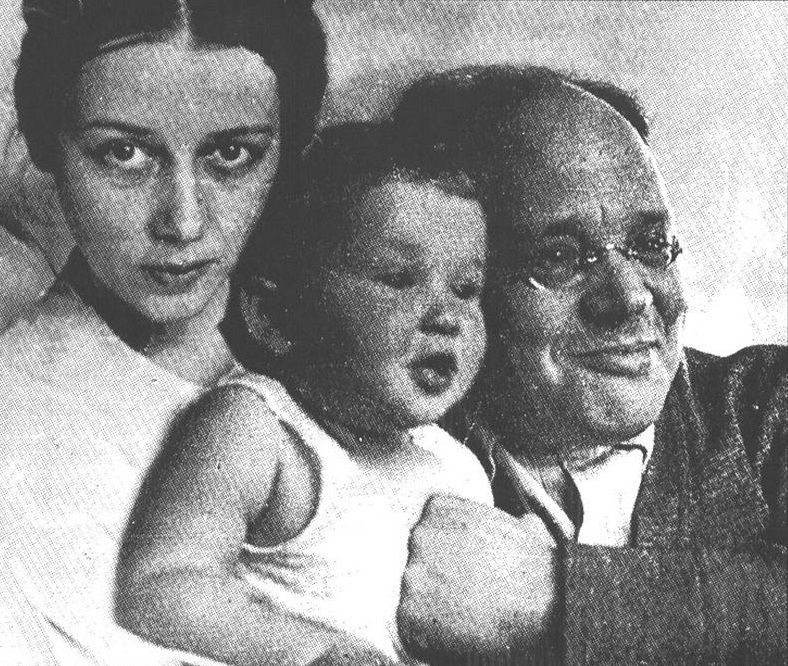

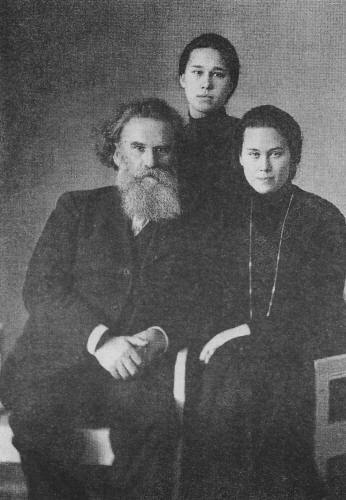
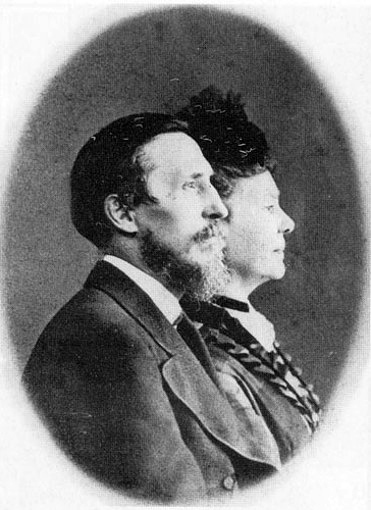
From left to right: Panteleimon Kulish with his wife (Chernihiv province); Kharkiv noble family; Volodymyr Korolenko with his daughter (Poltava); Isaac Babel (Odesa)
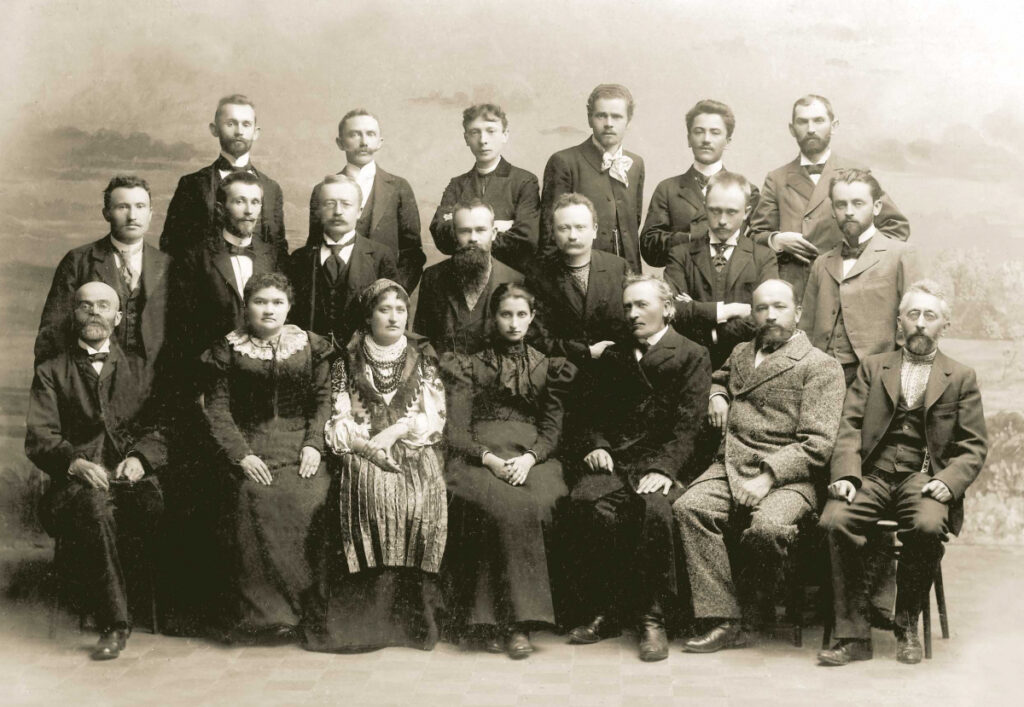
— How would you describe the Kyiv environment?
— Kyiv is a very difficult environment that we are constantly losing. No one wants to admit it, but we are losing Kyiv every day. This happens for many reasons: due to the architectural environment, humanitarian disaster. In addition, in Kyiv there is an imbalance between the ordinary population and those who can be called elites. This imbalance is gigantic.
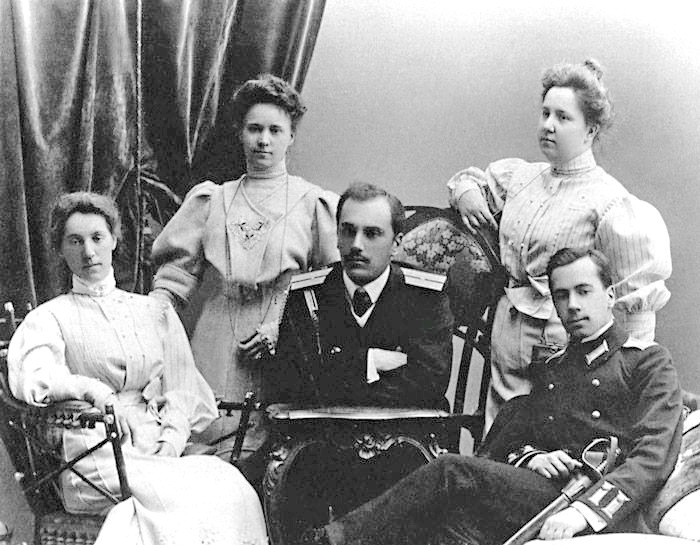
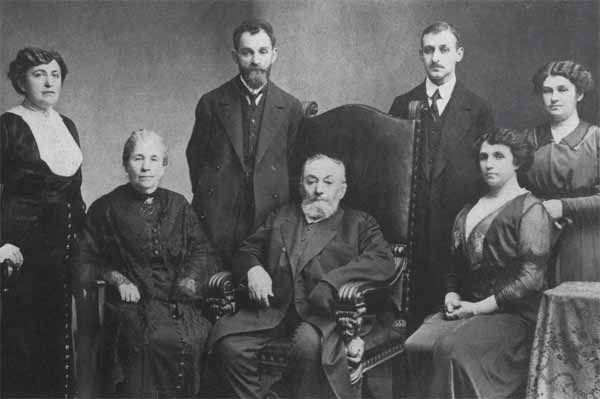

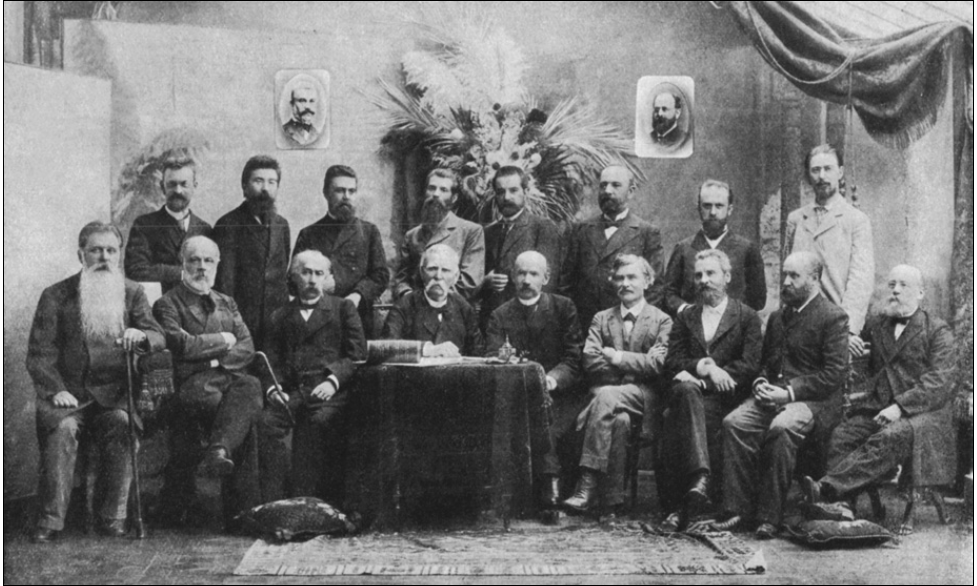
The image of Shevchenko
— You mentioned the contacts around Shevchenko’s society. That is, in spite of all the familiarity of the image, can we consider Shevchenko as a connecting link for Ukrainian culture?
— Shevchenko is a symbol of an extremely deep character, he laid a very steep layer. At the same time, he was a poet and a novelist, but he always identified himself as an artist. As of today, we can clearly say that the Ukrainian intelligentsia is based on rallying around humanitarians.
When I recall the Shevchenko Scientific Society, I fully understand why the figure of Shevchenko was taken as a basis. The fact is that Shevchenko had a history worthy of a humanitarian shrine. He had his formation, he flourished, he was in prison and in exile. In the end, Shevchenko died a tragic death, which is important in order to still canonize him as a humanitarian shrine.
Shevchenko was one of the first to unite the Ukrainian intelligentsia both in the west, in the center, and in the east. In fact, nothing has changed so far. The only thing is that the image of Shevchenko was seriously tarnished due to the imposition of Soviet ideology, which made him a revolutionary image. According to their version, Shevchenko is a kind of Ukrainian Lenin, which is completely untrue. That is why Shevchenko’s exposure to the pure form of an artist and poet is very symbolic. Actually, it is a refusal to make it an imperial tool.
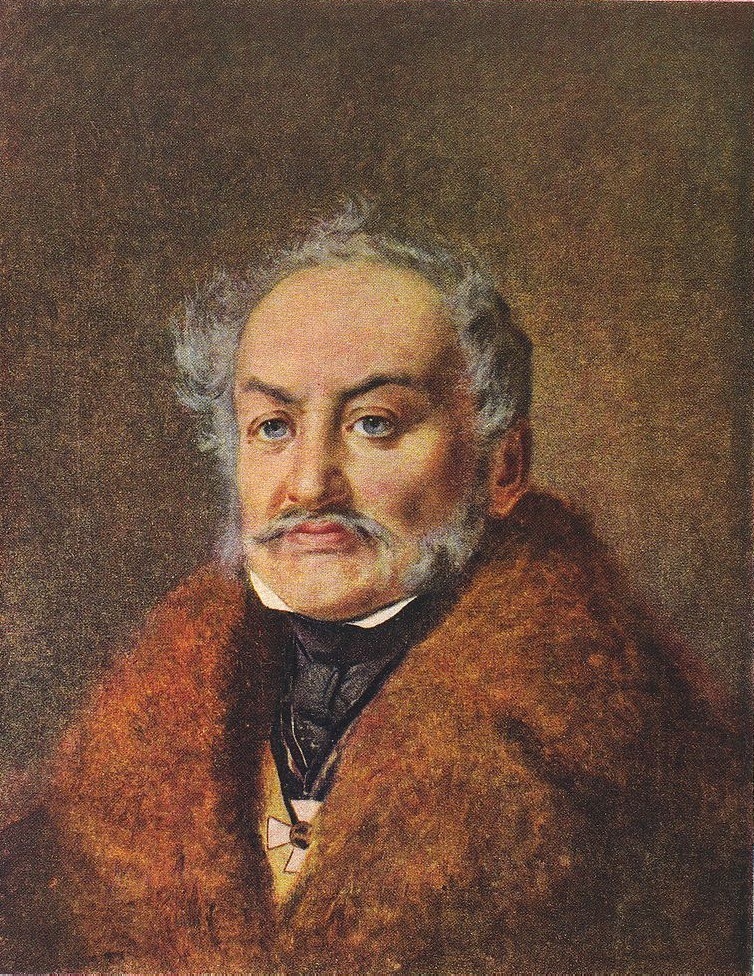
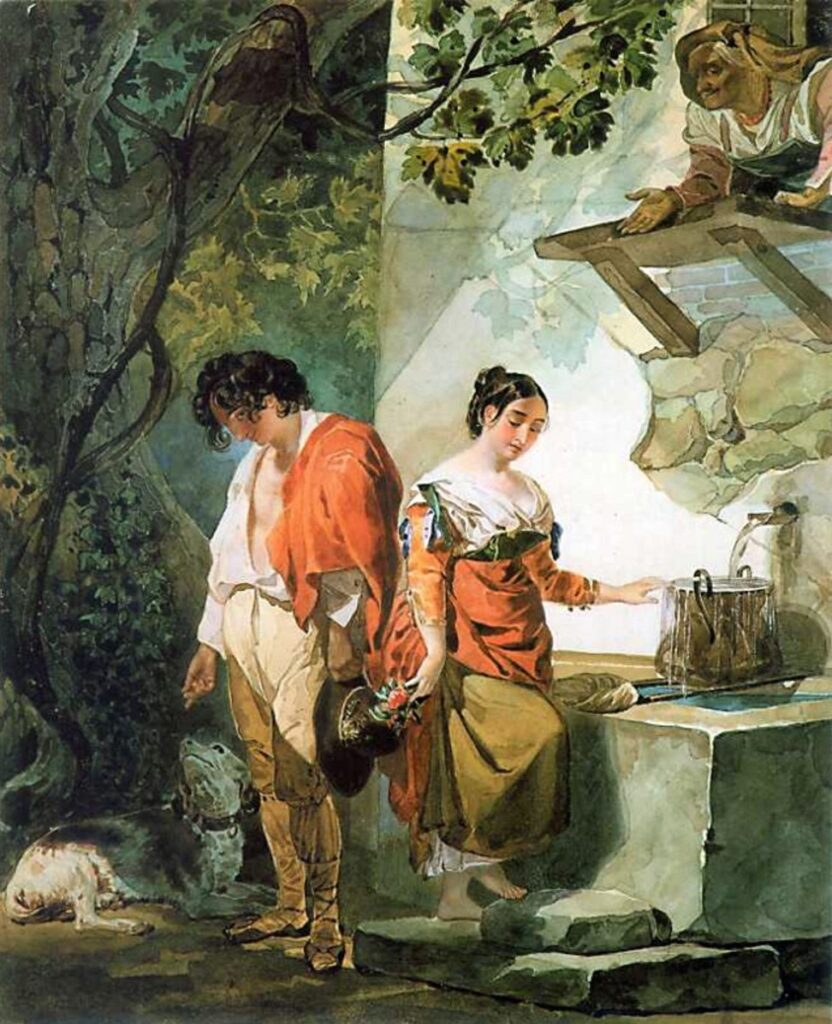
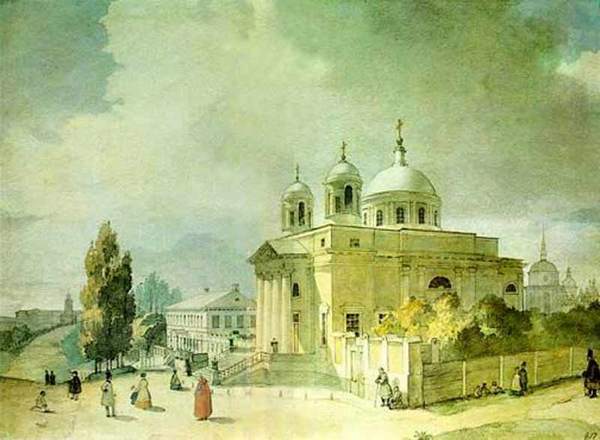

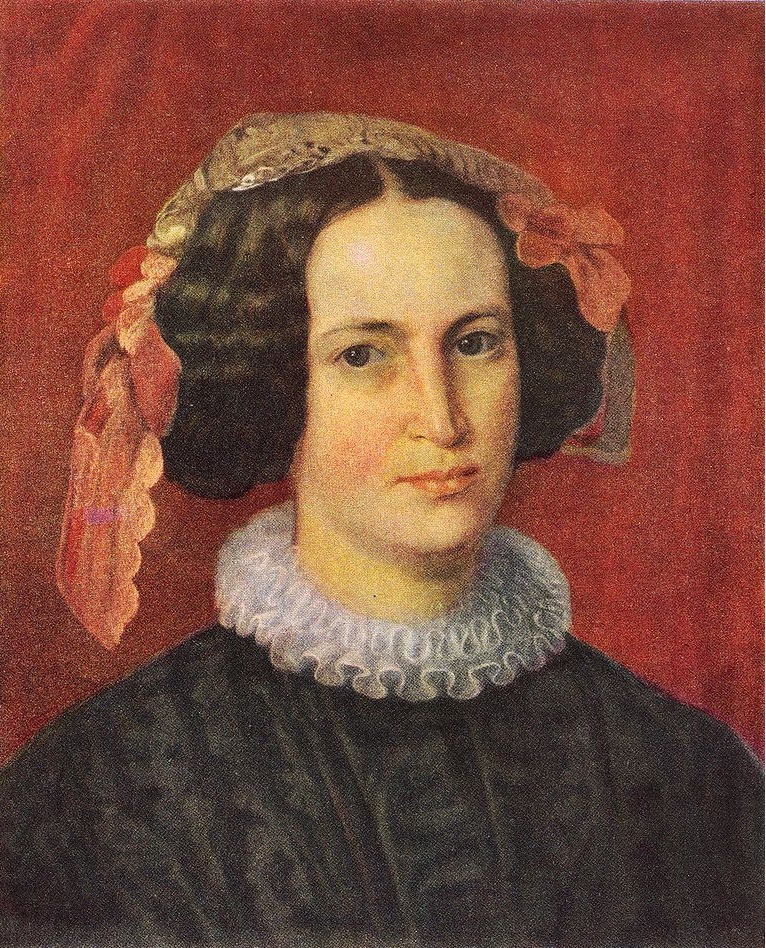
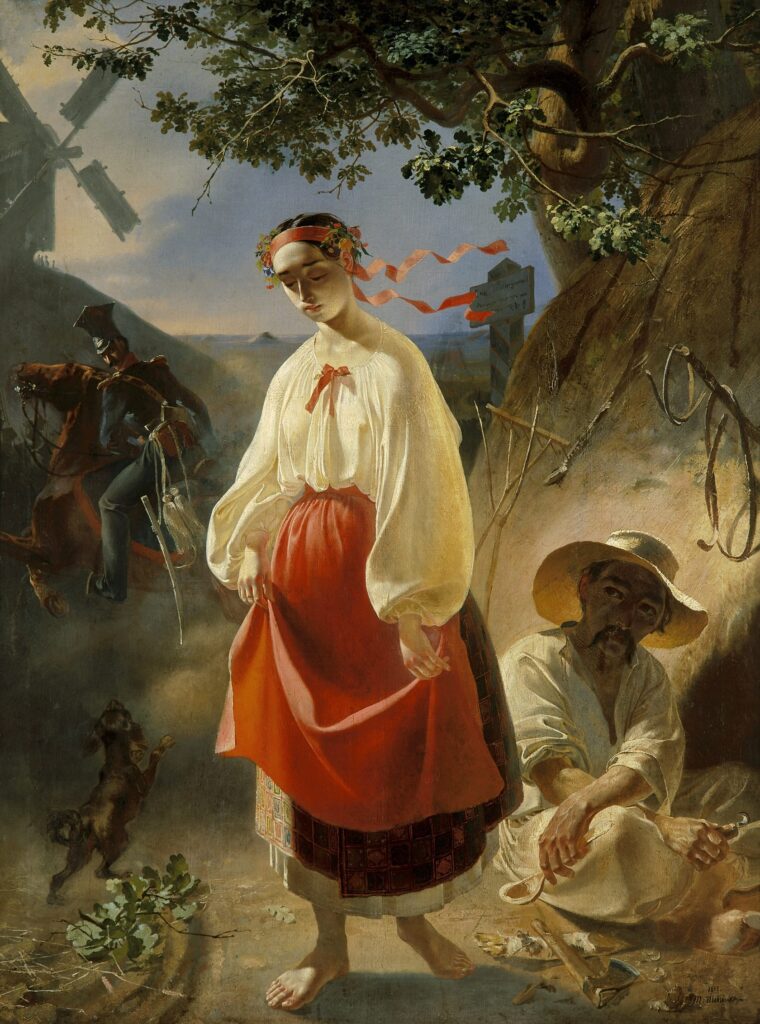
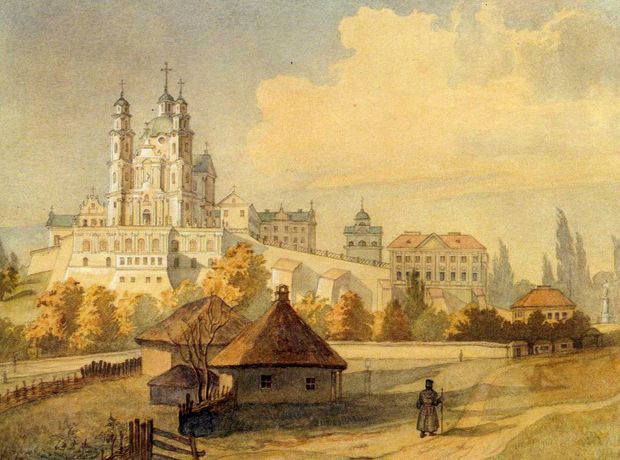
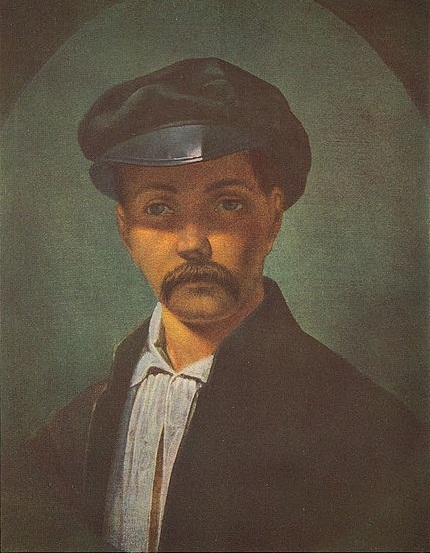
Artistic works of Taras Shevchenko, among them you can see a view of St. Andrew’s Cathedral, as well as Alexander’s Church.
— And what was the perception of Shevchenko in the Russian Empire?
— First of all, it must be said that at that time there was a significant part of Ukrainophilism in the Russian Empire. We can understand this on the example of the interaction between Taras Shevchenko as an artist and poet, on the one hand, and the Russian intelligentsia, on the other. Probably, this interaction within one empire was not as primitive as it was ideologically presented in the Soviet Union.
It is significant that the USSR exploited the image of Shevchenko the Seleucid. Do you remember Melikhov’s painting in the National Art Museum, where in Bryullov’s studio, Bryullov himself is covered in silks, velvets, carpets, and there is such a cross-legged Shevchenko guy in worn boots. At the same time, if you read about Shevchenko, his image looks completely different. It was, first of all, a fashion front. Accordingly, another point of ideology is how to position the Ukrainian intelligentsia.
One of the greatest biographers of the artistic life of Taras Shevchenko – Vasyl Kasiyan – in his book “Shevchenko the artist” quotes how Shevchenko was called in St. Petersburg. He was called “Russian Rembrandt”. If he was appreciated and compared to Rembrandt, whose star had already risen, we can say that this was indeed recognition. That is, he is not a Little Russian, but a “Russian Rembrandt”. We are talking about two extremes, when identity was immediately something global. But is it good or bad? Today, it is not necessary to talk for a long time about the people who united – they just need to be remembered.
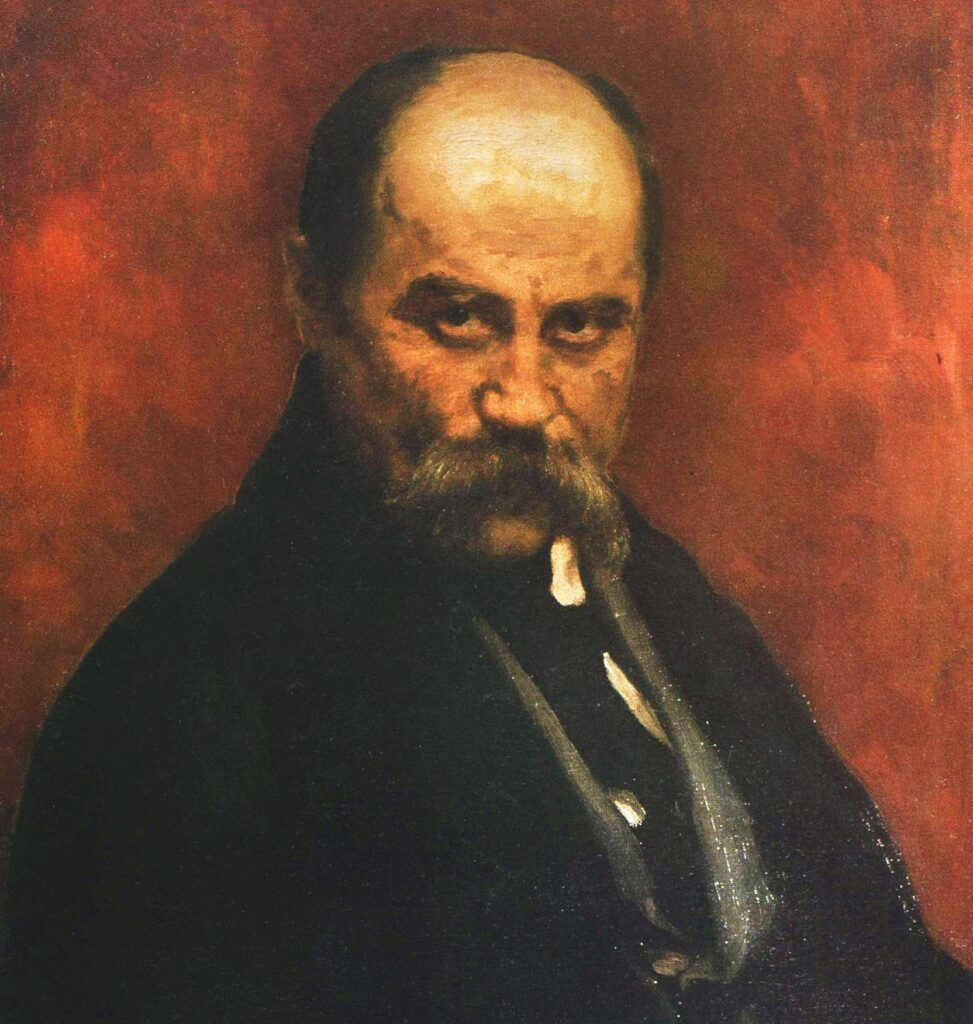
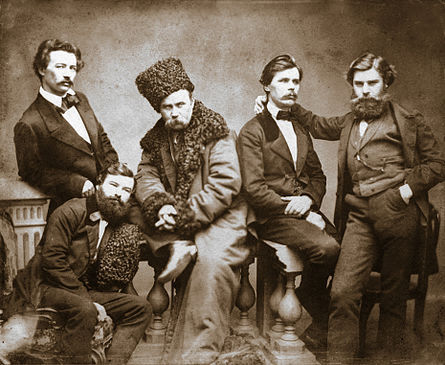

Self-portrait of Taras Shechenko; painting by Georgy Melikhov “Young T. Shevchenko in K. Bryullov’s workshop” (1947); photo of Taras Shevchenko among friends.
From left to right: brothers Oleksandr and Mykhailo Lazarevski, H. M. Chestakhivski and unknown.
Sheptytskyi
— You also mentioned Sheptytskyi. Tell us more about its formative influence?
— Now we all get to know another brilliant artist who during his life went beyond the boundaries of the religious community. This is Metropolitan Andrey Sheptytskyi. He established scholarship programs, worked with business, supporting it. Sheptytskyi created a system that even today looks fantastic. Each of the communities – Armenian, Polish, Ukrainian, Russian communities – had a basis not only in the environment, but also in funds. So-called credit societies and banks gave “their” loans for development at a lower interest rate. Thanks to Sheptytskyi and Levinsky, the environment, which was primarily connected by humanitarian ties, also had very strong economic ties.
It is extremely important to understand that only thanks to education and a successful combination of conditions for development, it was possible to study and convey the Ukrainian idea. It was on this basis that the intelligentsia was able to emerge, which, in fact, undertook the preparation of the formation of the Ukrainian model. This model was positioned exclusively through education, it existed around university and scientific environments. At that time, there was no Internet, it was not possible to simply choose lectures and watch them online.
When we talk about credit unions and the religious community, these are places where Sheptytskyi’s figure blurred the boundaries. Religion is only one of the rituals, because, first of all, it was an environment of intellectual communication, an environment of support, an environment of development, an environment of politicians. Accordingly, knowing that Sheptytskyi began to actively deal with museum objects, supported not only the collection in Lviv, but also in Kyiv, we understand that this created the moment of unification. We are now only reaping the fruits of what happened a hundred years ago or even more.
Our generation, our era, must have the ambitions that people like Sheptytsky had. If there is no such ambition, then we will fail. We are already failing.
Our generation, our era, must have the ambitions that people like Sheptytsky had. If there is no such ambition, then we will fail. We are already failing.
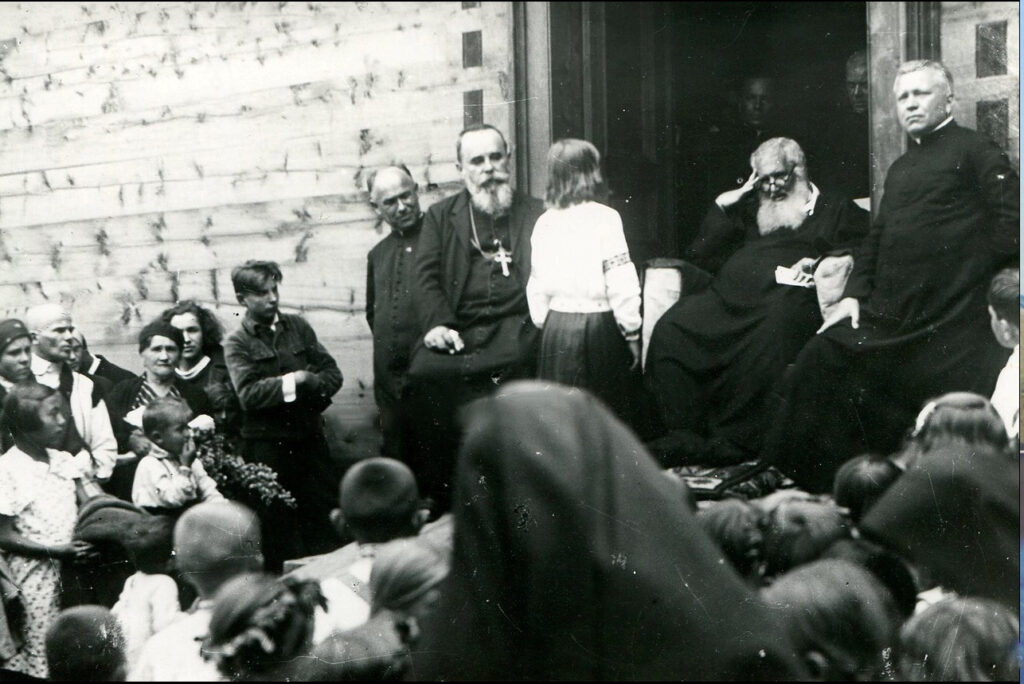
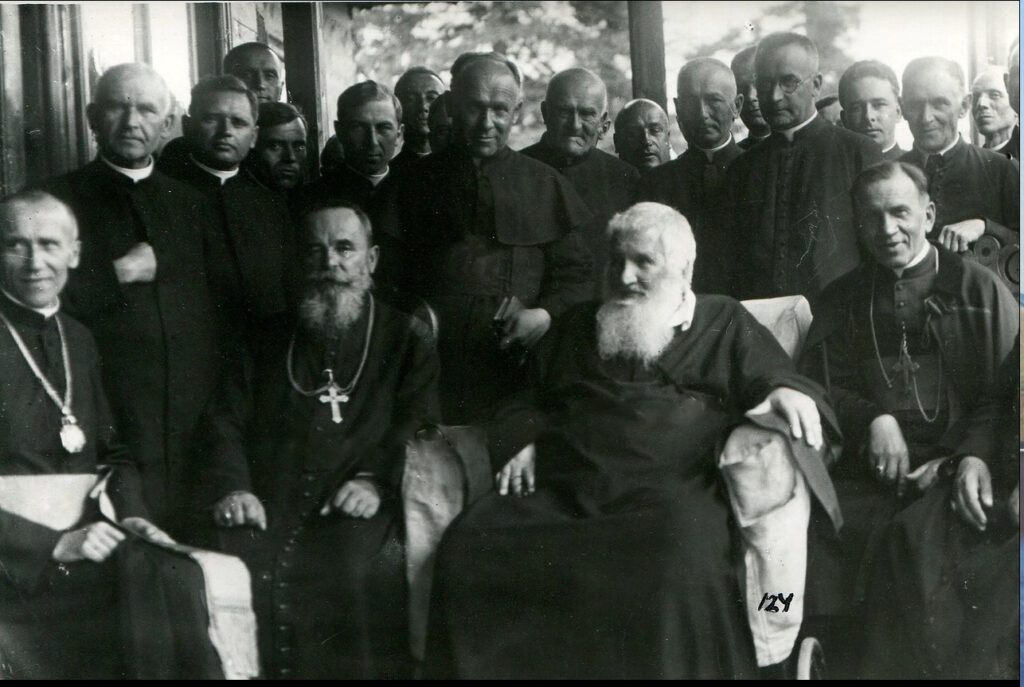
In the photo, Metropolitan Andrey Sheptytskyi among parishioners and monks (1935)
— What, in your opinion, should we bring to the present from the formative environments you mentioned?
— When we talk about Levinsky’s and Sheptytskyi’s environment, we remember those things that today are called by the forgotten word “ideals.” A word that smelled of dust. When Levynskyi congratulated Sheptytsky on his birthday in 1918, he wrote “for the sake of our ideals” in the greeting letter. They were already adults who had lived through the best period of their lives, and like the older generation, they understood that there was something more important than the present. Actually, in my opinion, only the goal of formulating the future can be more important than the present. This is what the intelligentsia should do: protect the present and shape it. If this process does not take place, we become nobody, live nowhere and do nothing. This is a formula.
More important than the present can only be the goal of formulating the future.
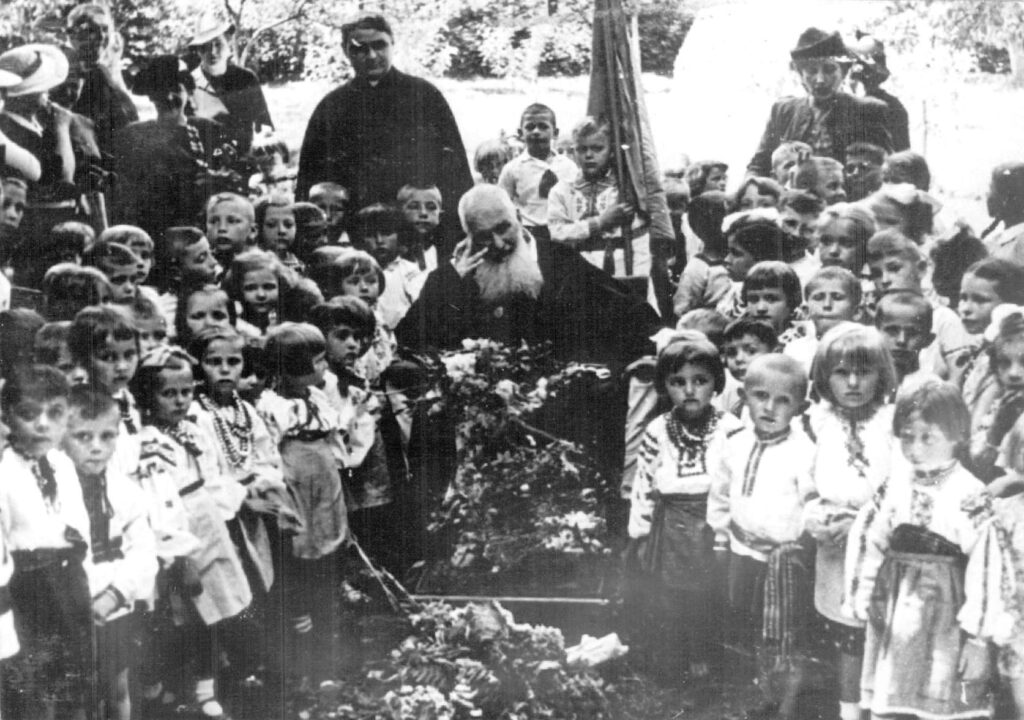
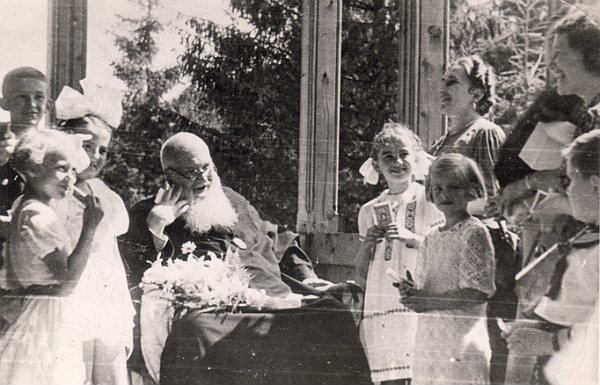
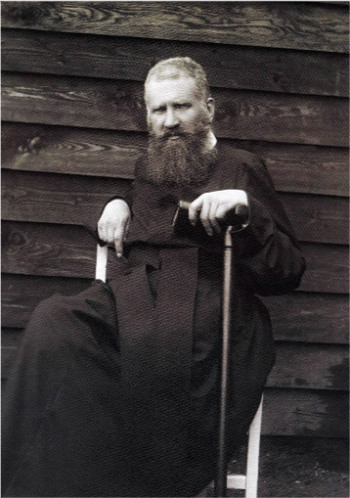
Metropolitan Andrey Sheptytskyi with plastunas
Ukrainian identity
— If we look not so distantly, what moment can be considered the impetus for the search for Ukrainian identity?
— In fact, when we are now talking about a section of the Ukrainian intelligentsia and the beginning of its formation, of course, no in-depth historical research has been written on this topic. When Hrushevsky wrote a book devoted to the history of Ukraine, he repeatedly emphasized that history is an important basis for the formation of a new discourse and a new platform.
In the context of identity formation, everything began to develop rapidly, in fact, during the period of the Ukrainian People’s Republic and ZUNR. Of course, it was an incredible push and the first chance for independence. It was then, with Narbut’s return, that the Academy of Arts was founded. When such people as Krychevskyi, Boychuk, Narbut gather together, who have different approaches, but are united by the desire to do a common cause, then this identity emerges.
As you can see, cultural figures, despite how they were divided, sought to unite Ukraine. First of all, they wanted to include the humanitarian component. They were intelligent people who clearly understood why to build Ukrainian folk houses. These were wise people who realized that identity is not in a record in a church book, but in a humanitarian product, music, literature, in the same ethnographic things that Hnatiuk and Shushkevich did. Identity is in research, study, production, in answering the question of how to correctly connect and interpret all this. Accordingly, a combination of faith, culture, politics.
We can observe a fairly systematic approach when we talk about the first attempt to gain statehood: from the brand book to the creation of academies.

Photo: NAOMA
— Can it be said that the October Revolution – with its Bolshevik red terror against the majority of the educated population – did not play a very positive role in the formation of the Ukrainian nation?
— There can be many formulations, but the fact remains: it was a rather cruel tragedy that led, in particular, to the tragedy of the Ukrainian intelligentsia.
What is the difference between a lumpen and an intelligentsia? The intelligentsia has other management tools, it is familiar with jurisprudence, it knows its rights. These are the people who shape the environment.
Instead, the lumpen just takes a club and goes to knock down. We can recall the tradition of Koliiv Oblast. Who cut down the gentlemen? It was not the work of the educated population; it was done by the hands of the peasants. In this way, they simply established justice. However, these are not the methods of the intelligentsia, just as they are revolutionary. Evolution is the method of intelligence.
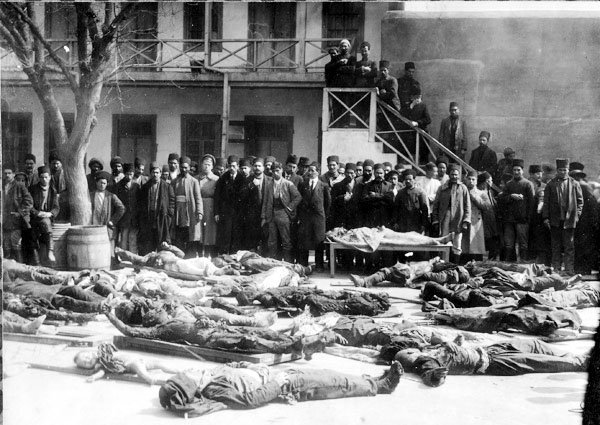
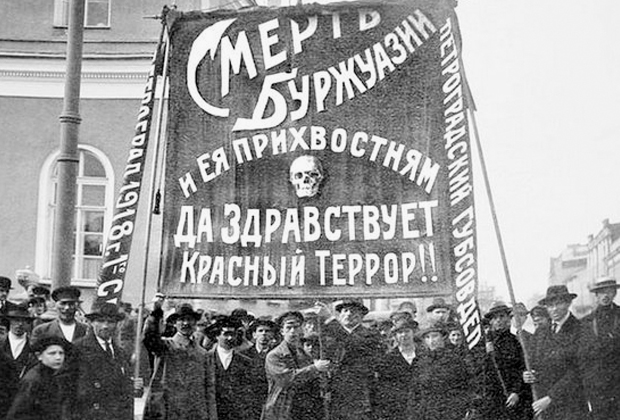
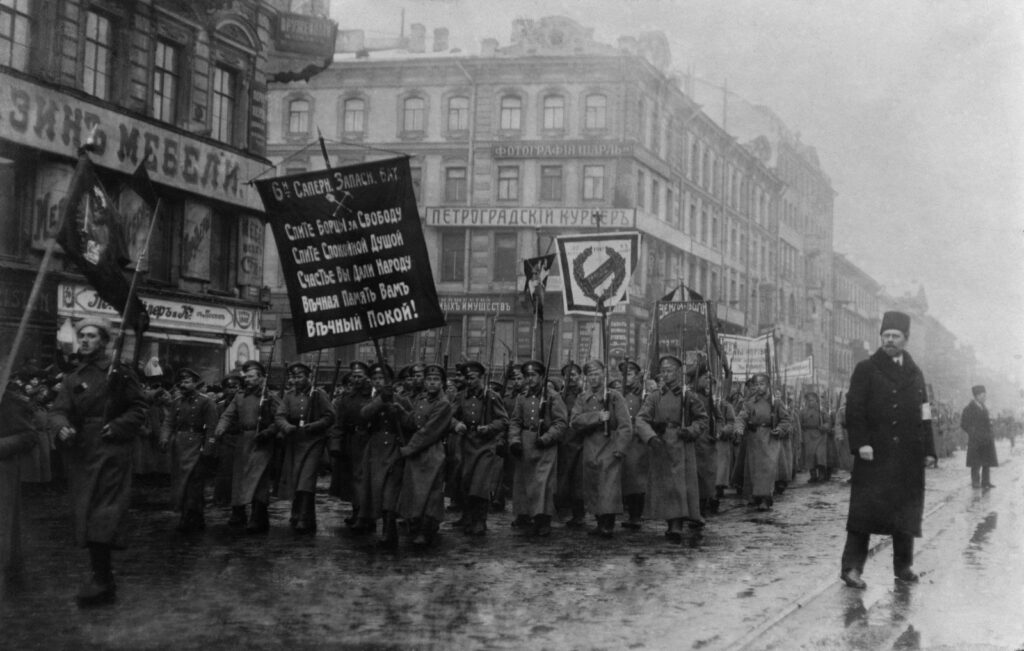
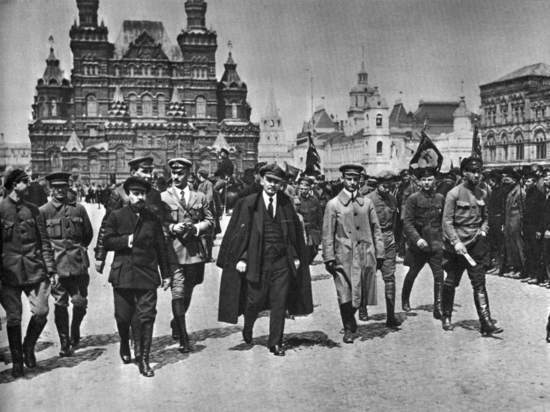
The photo shows revolutionary events in Moscow and Petrograd (1917)
— What could you say about the transfer of the capital to Kharkiv in 1919, and what, in your opinion, were the consequences for Ukraine?
— When Kharkiv became the capital, everything took off: literature, architecture, art, education. The grain was sown in fresh soil: this
the environment was not polluted by provincialism or bourgeoisie. Ukraine generally sounded like a super-progressive environment. Everyone came to Kharkov, Derzhprom was being built, a grand discussion about modern art was going on, poetic performances were taking place everywhere, and the avant-garde in art could be traced. Moreover, all these were Ukrainian-speaking environments. It is significant that when Mayakovsky came to Kharkiv in the 1930s, he spoke in broken Ukrainian, it was fashionable for him.
After seeing the result, the Soviet authorities realized that this was unacceptable. After the uprising, they started shooting whole houses, whole directions. Almost from the beginning of the 1930s, the destruction of identities began: de jure they sounded, de facto they had to be destroyed.
In the Soviet Union, in my opinion, very subtle people were involved in everything related to ideology. This talent was mostly manifested not in a positive, but rather in a negative sense. There was a whole system of destruction of Ukrainian statehood as a character, culture and identity: from the destruction of the ordinary population to the destruction of all the intelligentsia that raised its head. It made no difference whether it was a creative intelligentsia or a technical one.

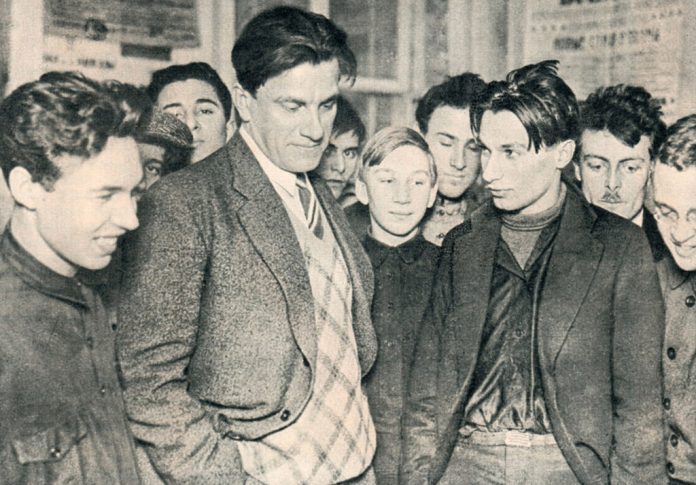
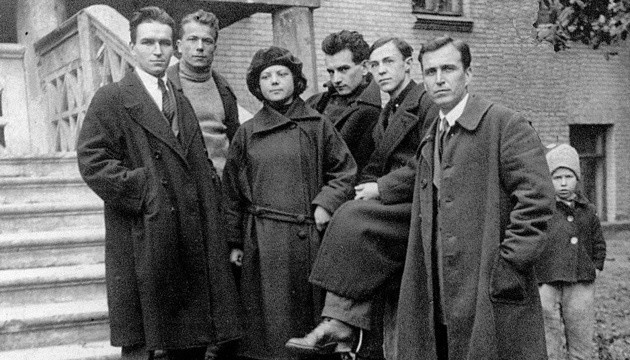

Київське середовище
— However, talented people, such as Malevich, lived in Kyiv at that time. Perhaps you can tell a little about his connection with Kyiv and Ukraine?
— Indeed, Kazimir Malevich not only lived – he was born and even taught in Kyiv. In addition, his last lifetime exhibition was held in Kyiv. He never severed ties with Ukraine, as they sometimes wanted to show and even exacerbate. Like, where was Malevich born, and where was he after that? Friends, if he wanted to break this connection, his last exhibition during his lifetime would not have taken place in the Kyiv Art Gallery.
It is a pity that the art gallery did not buy a single work from this exhibition. Although Malevich wrote letters saying: “Please, it’s hard for me, I don’t feel well, I don’t have money, buy at least one of these works.”
We would have a good background now if we bought at least a few works. Imagine the course of Kyiv’s history if the gallery manager at the time understood and bought the entire Malevich exhibition so that it would be recorded. Imagine that there would be one of the largest Malevich museums in Kyiv today. A museum that would not be virtual but would have some concrete artifacts. Thousands more people would come here to visit the Malevich museum. Place of birth and place of last exhibition. All it took was one historic step and some dude’s decision “yes, it would be nice to buy these paintings.” The course of the capital’s history would change. We would all be different.
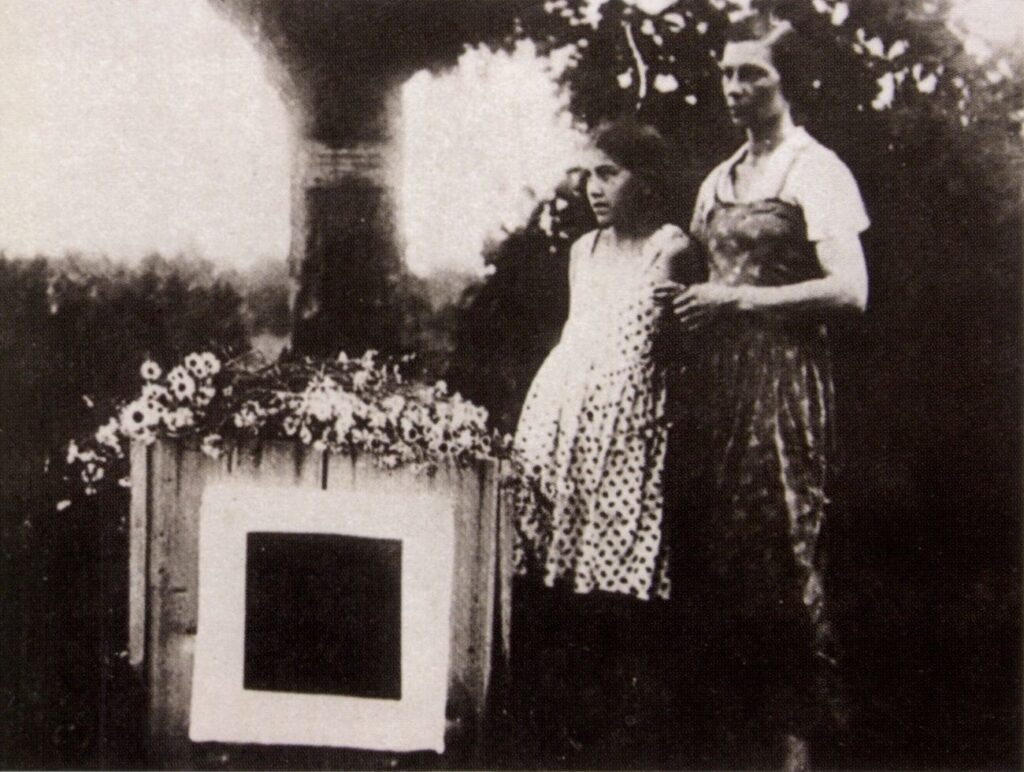
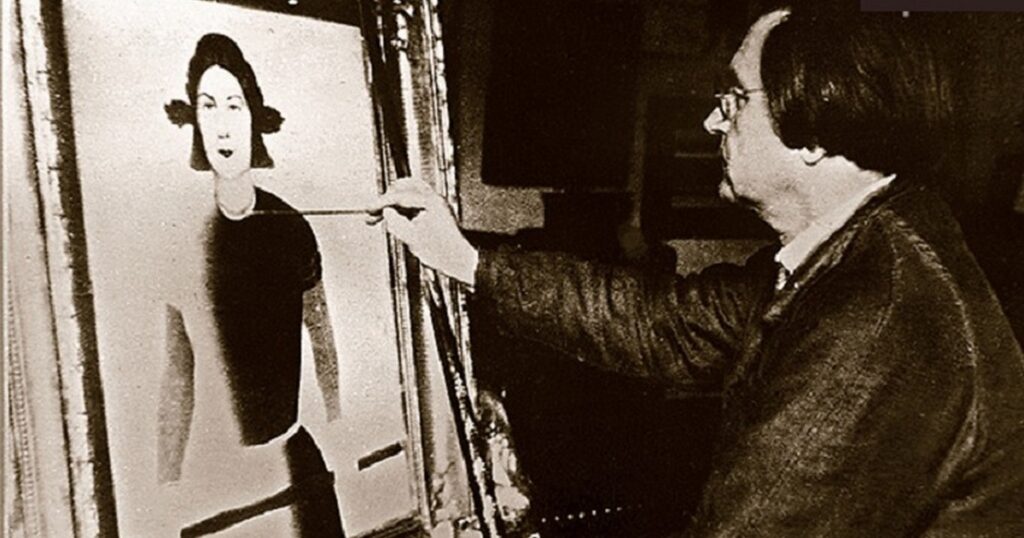
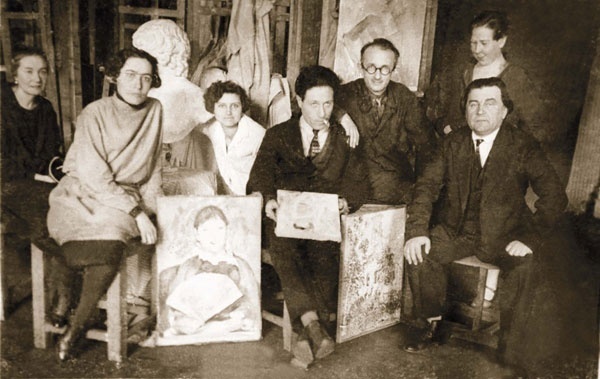
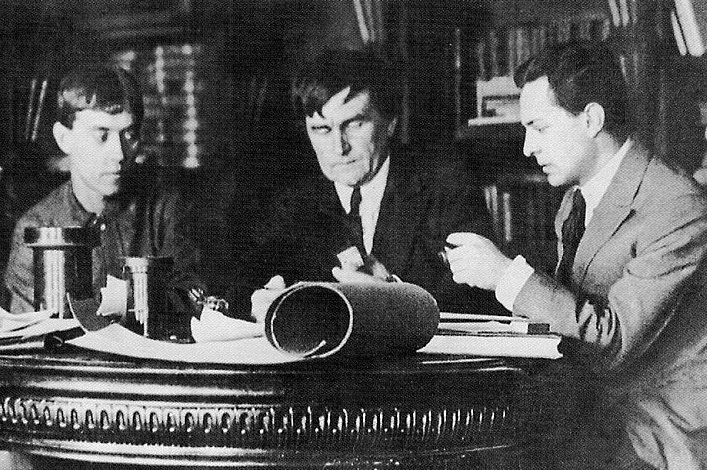
Imagine the course of Kyiv’s history if the gallery manager bought the entire Malevich exhibition in order to record it. Imagine that there would be one of the largest Malevich museums in Kyiv today.
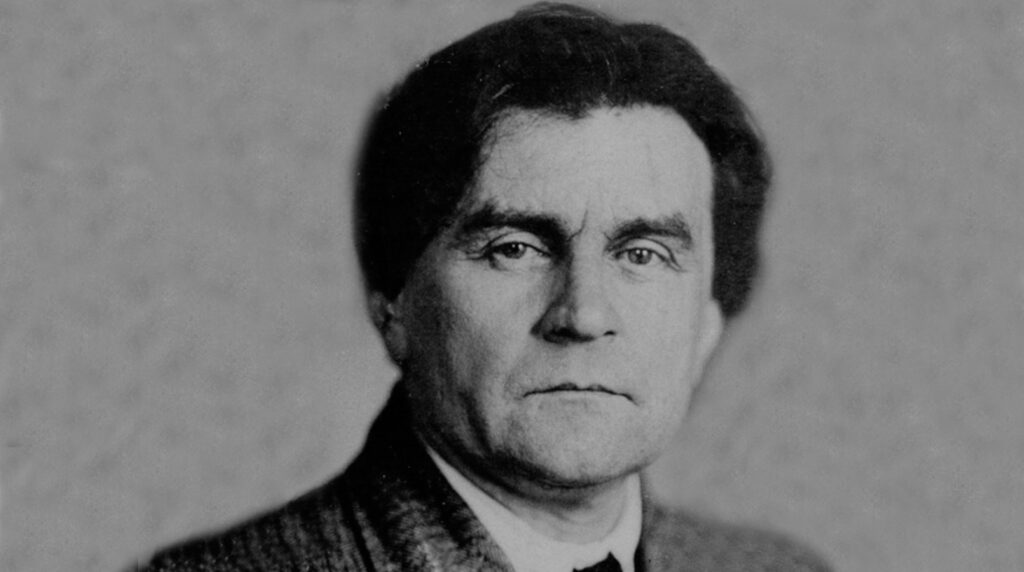
— Tell us about some Kyiv environment with which you managed to work?
— In my work, I was lucky to come across the Yakutovych family. They were fans of art, fans of the environment. The Yakutovych dynasty can be called precisely the Kyivan intelligentsia, but I emphasize the fact that they maintained ties with all of Ukraine and the Soviet Union. The circle of the Yakutovychs was Ukrainian, although the majority of this entourage did not have the opportunity to manifest this identity. Despite this, they chose Ukrainian identity, shaped it and pushed it to the end.
*The Yakutovych family includes three generations of graphic artists and artists. George and his son Serhiy Yakutovychy were awarded the Shevchenko Prize, which is the highest creative award in Ukraine.
It was a very modest family, even in terms of wealth. If some capitals were set as a goal, however, no attention was paid to this. A certain asceticism was characteristic of the Yakutovych community, which significantly added to authority, reminiscent of a kind of service. Why are monks revered? Because, sorry, they gave up all the priorities of this world in order to serve. Monks serve God, some serve culture, some serve ecology, some serve the state, some serve the world.
— What special thing could you tell about Heorhiy Yakutovych?
— I was not familiar with George, but I knew his son Serhiy, I worked with him a lot. Actually, everything I know about Georgy Yakutovych, I know from the lips of his entourage. Everyone who mentions George always voices a significant parallel: he was an undisputed authority. What is undisputed authority? This is a person who is as open as possible, as honest as possible, and he can manifest his ideals in such a way that his environment perceives it as an honest position. He kept these ideals until the end of his days. For him, art, culture and communication were a single entity in life.
Thanks to the work “Arkan” in 1959, which toured all international exhibitions, he gained authority in Moscow. However, at the same time, Yakutovych had a so-called subcortical memory of repression. All this sat too much in his head. Several stories happened with George when he had conflicts with party officials. It got to the point where he was packing his suitcase and just waiting for them to come pick him up. But times have changed a little, Stalin was no longer there, and he was forgiven.
Who is the undisputed authority? This is a person who is as open as possible, as honest as possible, and he can manifest his ideals in such a way that his environment perceives it as an honest position.
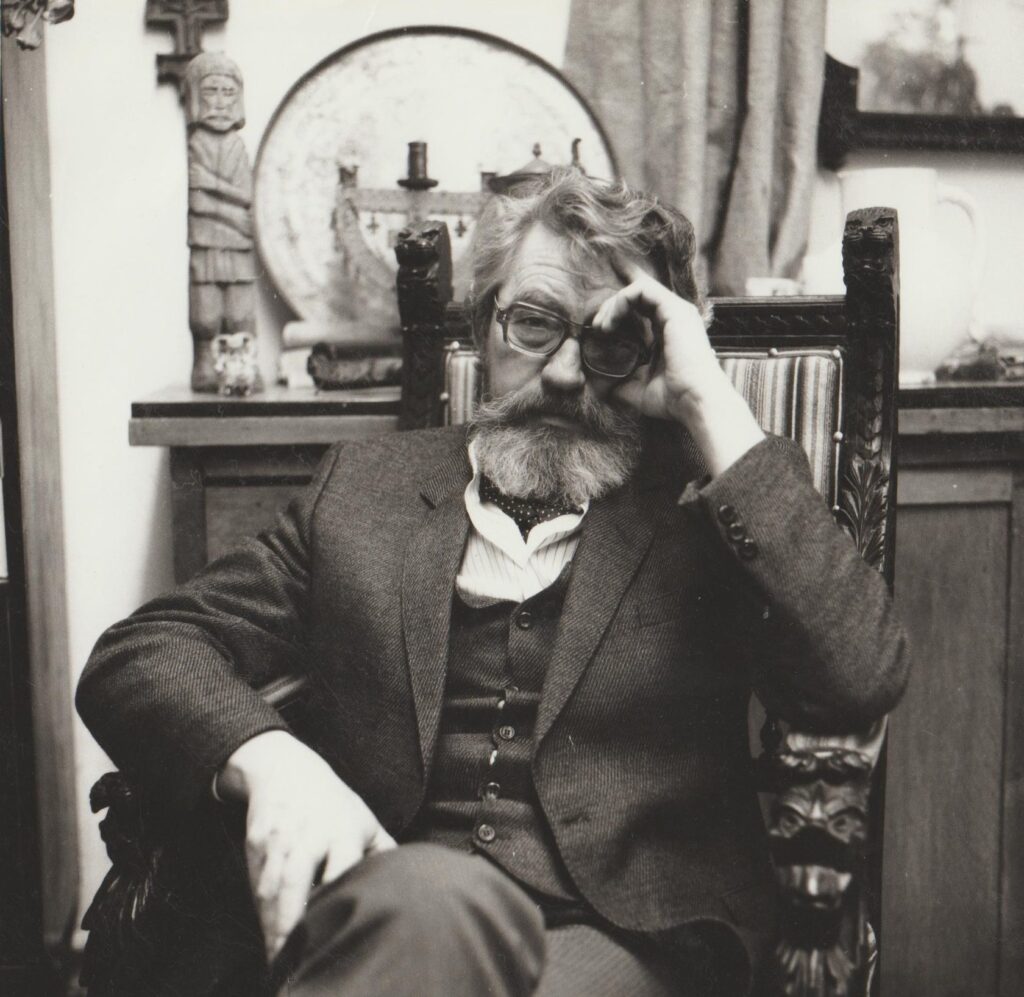
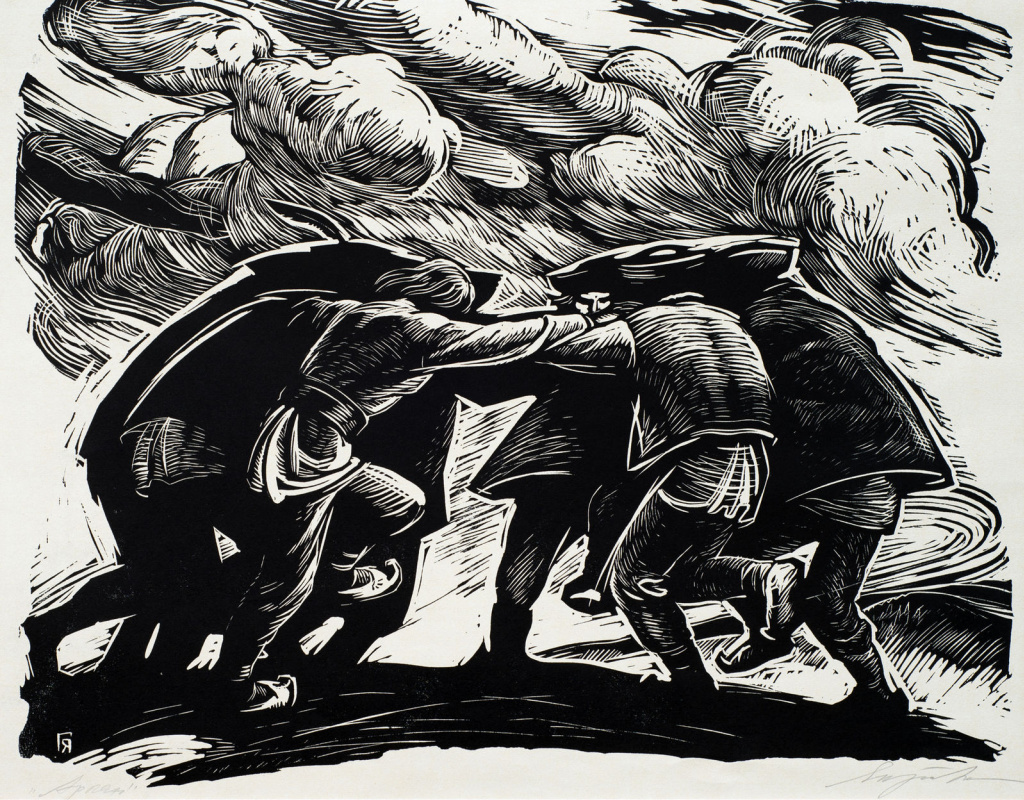
— What, in your opinion, had a special effect on Heorhiy Yakutovych?
— Subsequently, there was his fantastic work in Paradzhanov’s film, which expanded Yakutovych’s range of communication and influences. It is worth mentioning that after filming “Shadows of Forgotten Ancestors” Hryhoriy became familiar with the Carpathians. An interesting point: he chose those sacred places that were chosen not only by such outstanding Ukrainians as Kotsiubynskyi, Franko and Hrushevskyi over the centuries, but also places that were able to unite East and West. These are Kryvorivnia, Dzembronya – those sacred spaces where the intelligentsia met at the same time. Everyone went to the Carpathians: Lviv, Kyiv, Moscow, St. Petersburg.
Yakutovych, who did not know the Carpathians, goes there and falls in love for the rest of his life. His second life is the Carpathians, it is among them that he spends a significant part of his life, a fulfilling life. I remember how Serhii mentioned the story of how after three months Georgy Yakutovych returned from the Carpathians. It is interesting that he does not bring almost any sketches, in his hands he only has a half-empty suitcase. Asya (Serhiy’s wife, mother) asks him: “What were you doing there?” He says: “Asyu, I lived.”
This is precisely about his possibility of learning a tradition of a different nature. The combination of Christian traditions embedded in the Carpathian culture gives incredible energy to nature and the element of faith. If the Himalayas were a spiritual place for Roerich, then Dzembronya was such a place for Georgy Yakutovych.
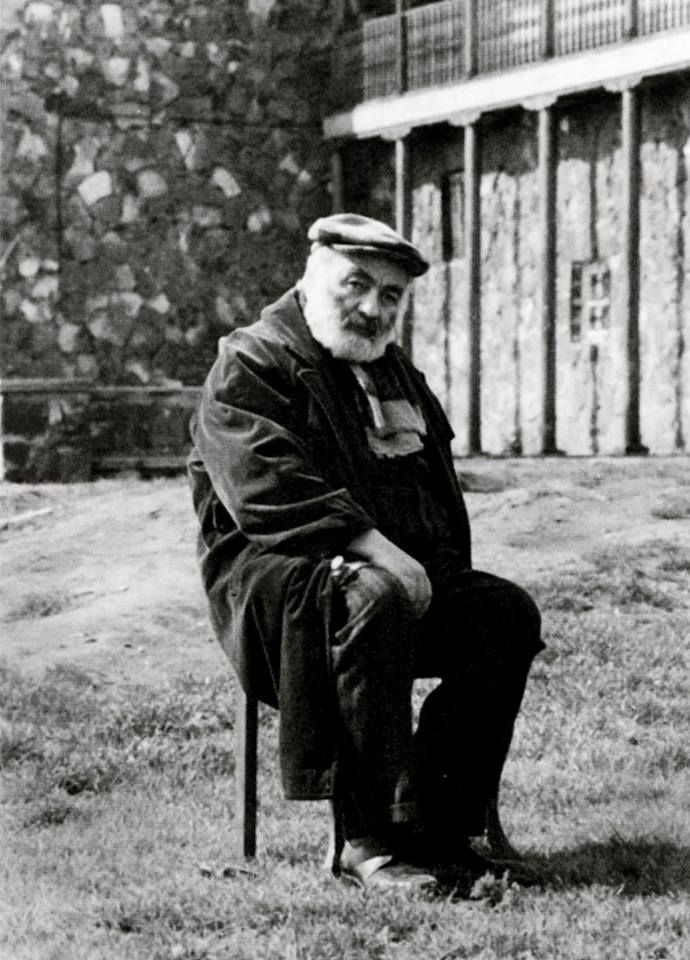
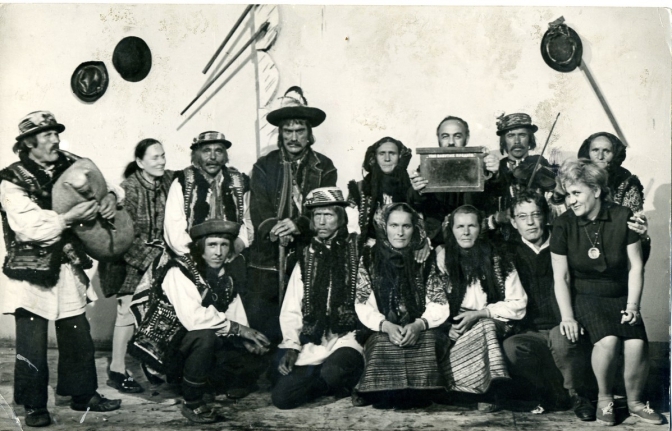
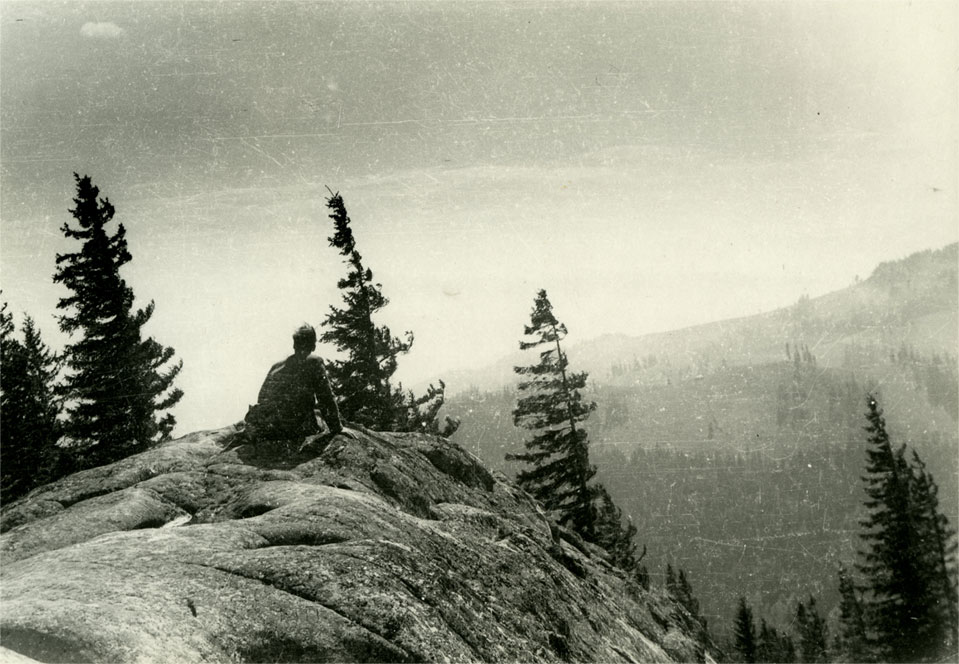
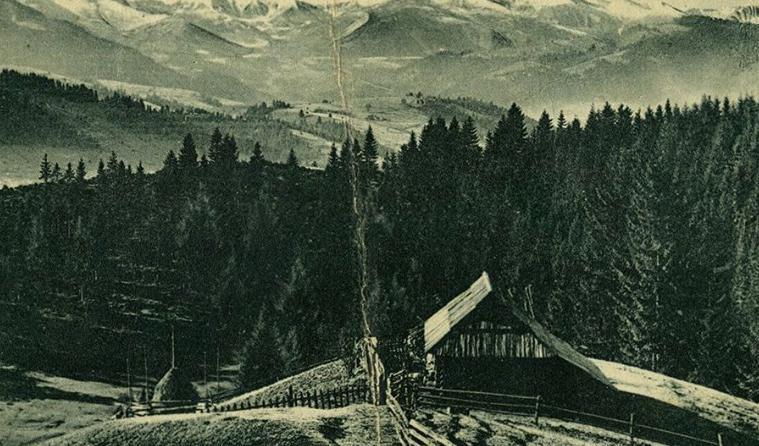
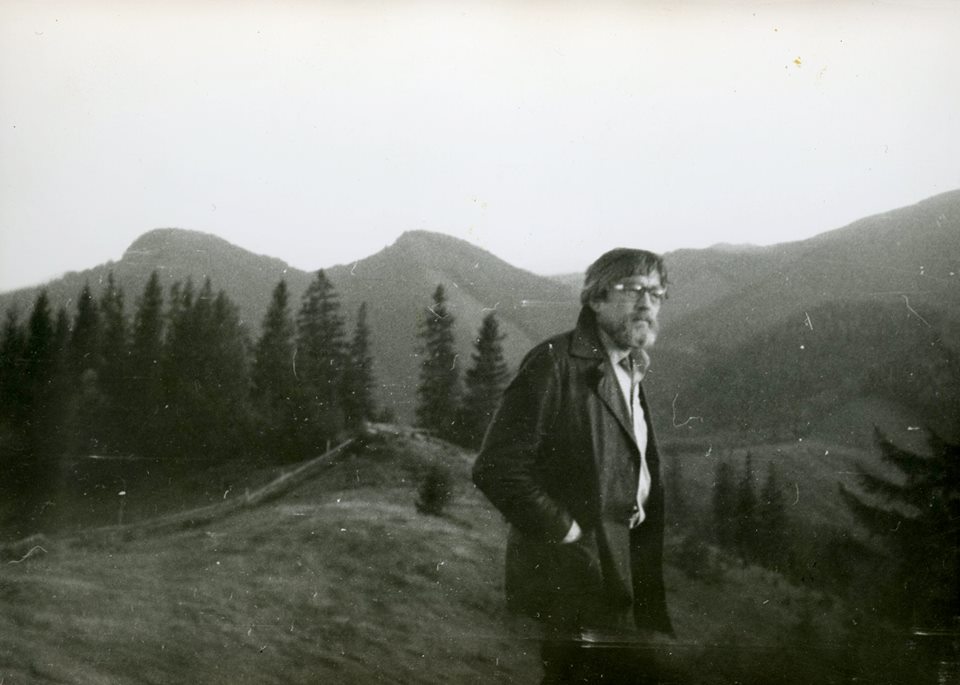
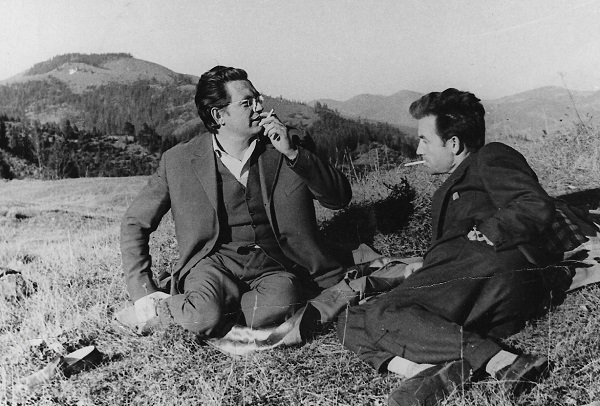
In the photo – Serhii Paradzhanov; photo from the filming of “Shadows of Forgotten Ancestors”; Georgy Yakutovych and Mykola Rapai.
— Regarding Serhiy Yakutovych – how would you describe the time in which he lived? Perhaps he shared his memories of the Soviet period with you?
— Serhiy Yakutovych’s generation was already completely different from the generation in which his father George was formed. This generation was more globalized, it fell into the period of breaking of two systems. The period of Soviet rule, when nothing is possible, and independence, when everything is possible. Actually, it was a very difficult stage when the system had to be built from scratch.
I remember Serhiy Yakutovych saying that there was much more freedom in Moscow than in Kyiv, and in general he called the entire Union “the land of Moscow.” This was about many things, including historical truth when we talk about repression. These freedoms were felt even on an instinctive level. There were a little more freedoms in Moscow: freedom of self-expression, freedom of survival.
There was also more freedom of communication with the world, because all major international events took place in Moscow. Accordingly, many intellectuals came to Moscow, they did not necessarily live there, but they met there. It was a kind of center, since strict centralization prevailed at that time. At one time, Ivan Drach emphasized very clearly: “If a finger was chopped off in Moscow, then a hand was chopped off in Kyiv.” The main task of the Soviet era is to make Kyiv a province, no matter what we do there.
The main task of the Soviet era is to make Kyiv a province, no matter what we do there.
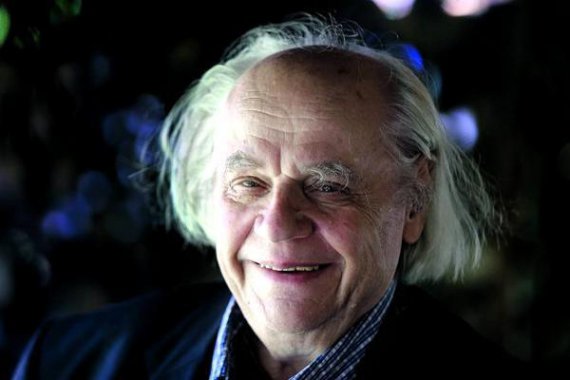
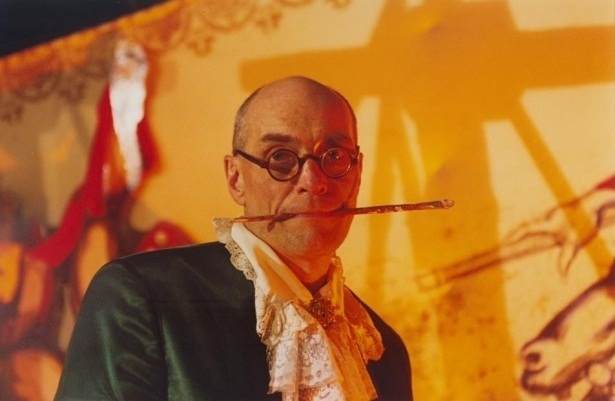
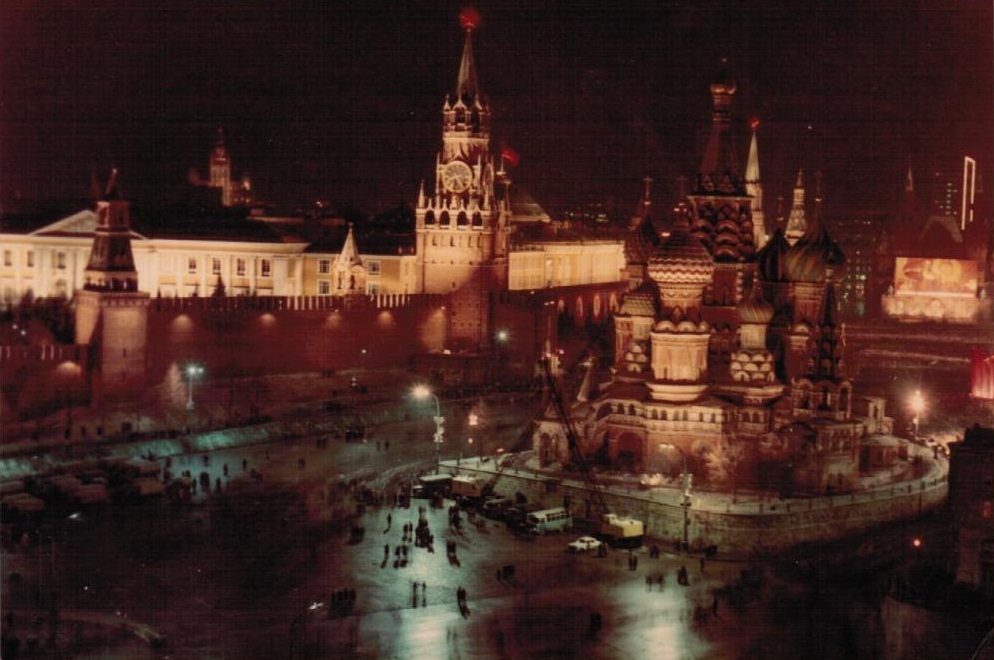
— What characteristic feature, in your opinion, was distinguished by the capital’s Moscow intelligentsia during the Soviet Union?
— When we talk about the intelligentsia, I always remember the expression “toothy intelligentsia.” This is a very interesting saying, I heard it from Russians in my childhood. “Moscow toothy intelligentsia”, that is, such an intelligentsia, which does not put a finger in its mouth. If their interests or the interests of the humanitarian field they represent are violated, they will not sit quietly, they will criticize.
— Let’s return to Ukrainian creative environments. Can you think of someone who was underrated because of the circumstances of the time?
— You know, there are angelic people, we just see them in human form. Hryhoriy Havrylenko was, in my opinion, someone close to the likeness of an angel, and little is said about him. An intellectual, a person who, if he earned a penny, immediately went to the “International Book” store and bought books to share, to develop. His artistic position had an incredible impact on craftsmanship, views, and modernity.
When we talk about artists of the global world, I believe that Hryhoriy Havrylenko, even in contrast to most of Yakutovych’s circle, and sometimes even taking into account Heorhiy Yakutovych, was global. In my opinion, Gavrylenko would be more understandable for the whole world. He is an intellectual artist who formulated a new vision of the image. Moreover, this image was recognizable, which is one of the features of outstanding artists. He can do different things, but when you see his work, you have no questions. This is Gavrylenko – it sounds.
In addition to artistic achievements, there is also a soul here. Why am I talking about an angel? If Georgy Yakutovych was the backbone of the environment, then Havrylenko was its soul. He is underestimated, but at the same time, Havrylenko had enormous authority among the Yakutovych family for his principled position, knowledge, and special depth regarding himself and art. That environment welcomed many, but the distance was different.
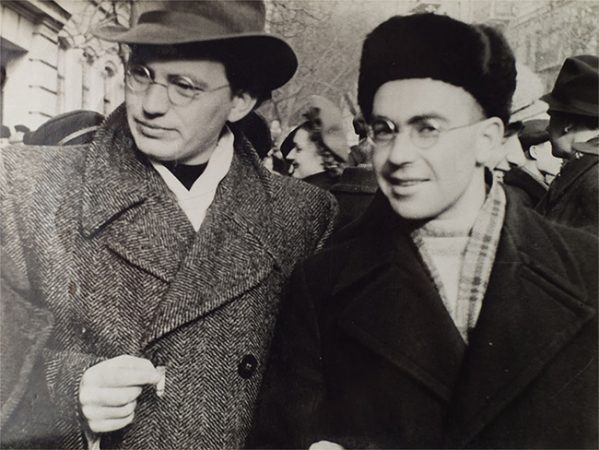
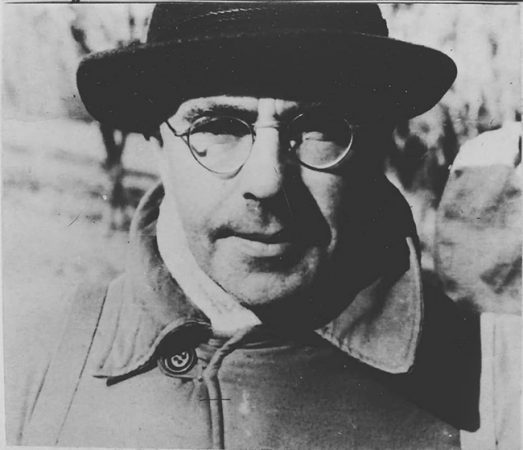
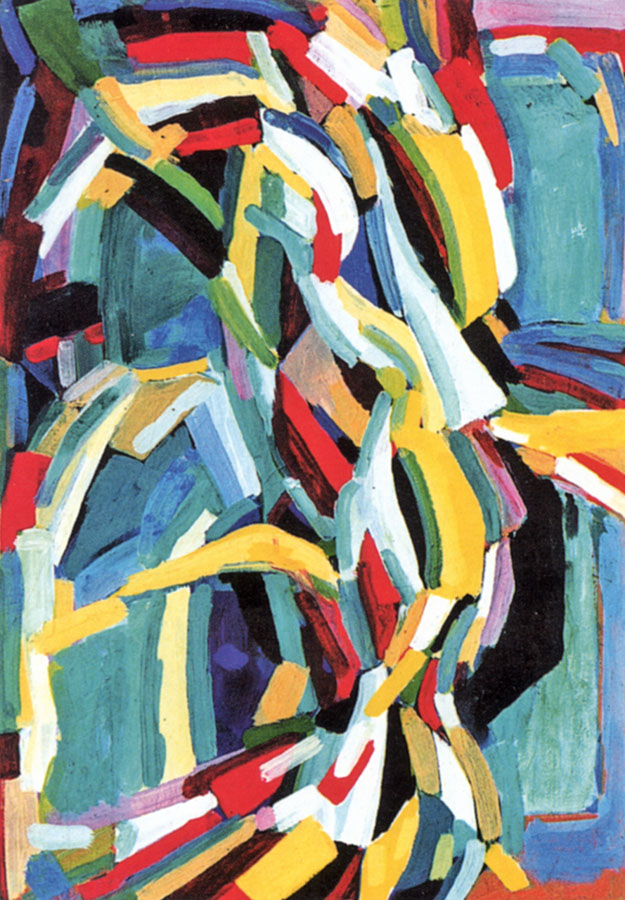
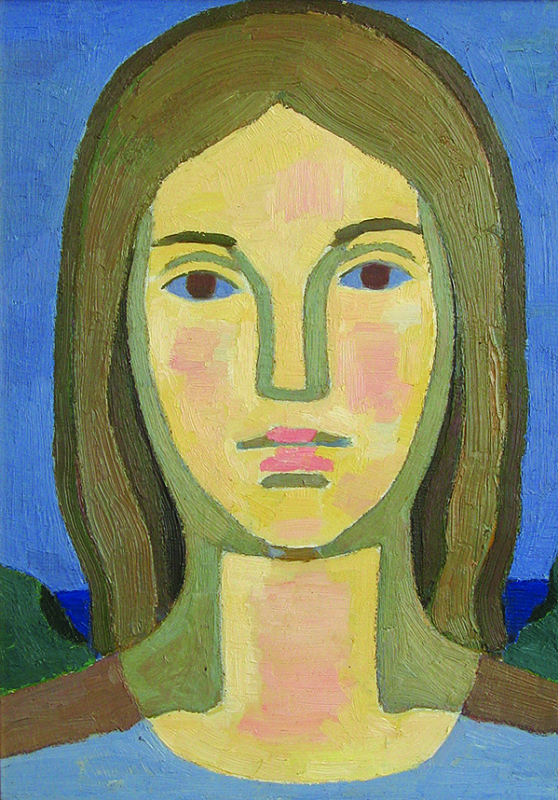
Photo of Hryhoriy Havrylenko (1927-1981) and his work. On the left – “Central part of the triptych “Summer”, on the right – an untitled painting.
Today’s challenges
— How can the achievements of Ukrainian art be assessed today, and what are the shortcomings that the modern creative intelligentsia needs to overcome?
— Today, we are talking about the fact that only after a certain distance, someone will be able to scold us for having lost the opportunities we had, or say: “Look, they left something behind.”
There are things that are measured comprehensively, and not in separate environments, for example, architectural or literary. When there is a disagreement on the characteristic principles of creative intelligence, for me it is also a confession of the inability to communicate. There cannot be an artist who does not know modern or academic music or does not communicate with composers. There cannot be an architect who despises artistic tradition. There cannot be a philosopher who does not want to know architecture or culture in a broad sense. We have to bring back that synthesis that was clearly expressed at the very beginning of the search for Ukrainian identity in 1918.
— What, in your opinion, explains the current state of Ukrainian art?
— Again, the serious problem of Ukraine is that we have lost a huge and powerful layer of the intelligentsia of the 1930s and 1960s. They were no longer repressed so openly. They produced offspring, but that offspring was confused, even by the same change of language.
Currently, the problem also lies in the fact that everyone is too attached to their place. Every Lviv resident should go live somewhere in New York, in Kyiv or, in the worst case, in Moscow. After that, he will come back and talk about everything differently. This is about respect, formed not by mass media, but by personal experience. It is difficult to slander the real intelligentsia with propaganda, it is difficult to use it as a tool in the political struggle.

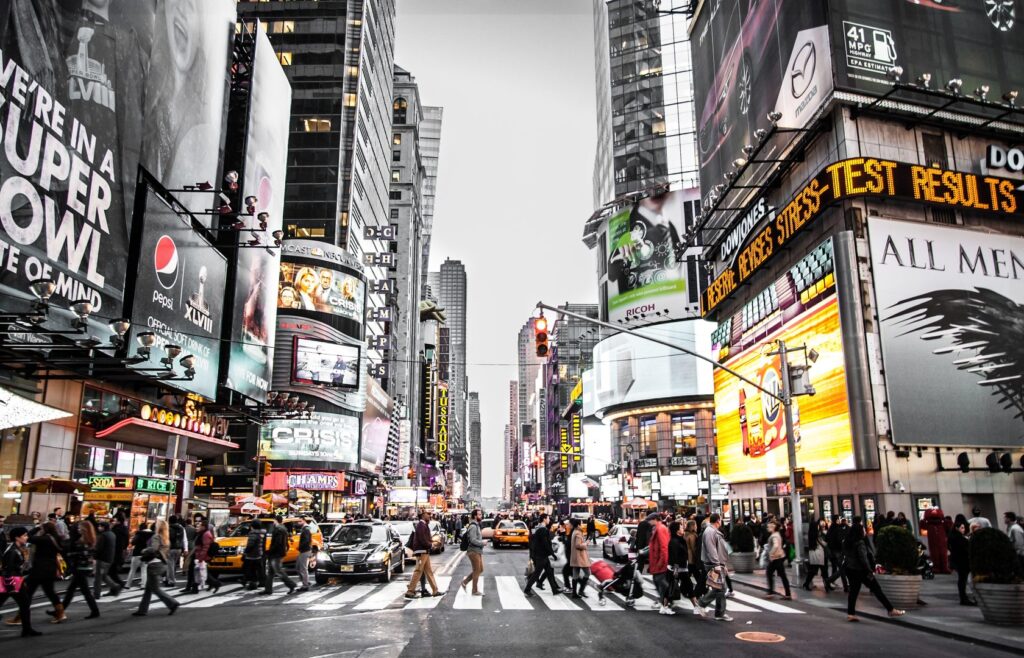

— It seems that all Ukrainians who reflect have some conditional sense of shame. Where do you think this feeling came from, and what should you do about it?
— We are all a little ashamed of ourselves today. Someone admits to this and works, while someone closes their eyes and takes a Hungarian passport or a Pole’s card at the first opportunity. Intelligence is one of the answers to the question “how to make it so that there is no shame, so that you can be proud?”
On the other hand, simply admitting shame will not fix the situation. This situation is about unforgiveness, although even entire nations can ask each other for forgiveness, and they should ask. However, you will not ask for forgiveness out of shame. It is necessary to constantly do something to get out of this state, therefore it is a state of trauma.
When we talk about the Soviet and imperial periods, we say that this is our trauma and we are experiencing post-colonial syndrome. But for our shame over the past almost thirty years, we should be ashamed of ourselves. We could lose everything we have if we don’t get our act together and finally start building with our priorities right.
Intelligence is one of the answers to the question “how to make it so that there is no shame, so that you can be proud?”
— If you consider the public space, what comes to your mind that could be shameful?
— Another great shame of ours is the media space, which completely reflashes and changes the system of values. Talent turned into the concept of a show, culture turned into series. I’m not saying that simplification is bad, it’s a very important point. Some things need to be formulated so simply that a seven-year-old child fully understands what they are talking about and what valuable things are. But when we simplify everything and reduce it to such a form of sterility, when everyone has to like it, because it doesn’t, it will increase even more the sense of shame in which we can lose a generation.
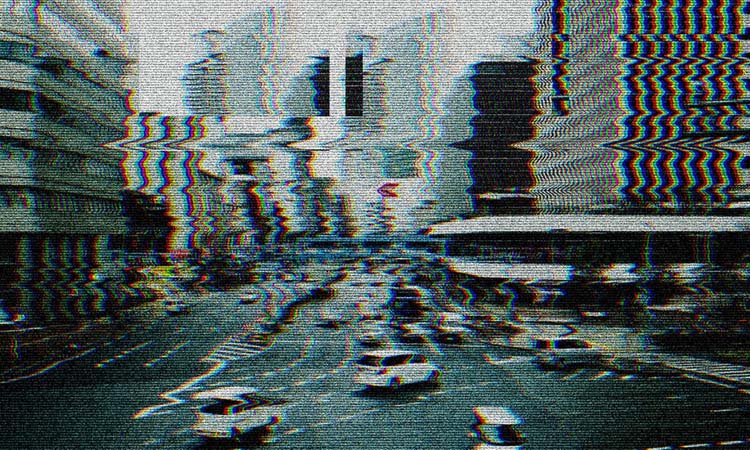
— So “everything is lost”? Do Ukrainians still have enough potential – should they just learn to use it?
— As Tiberiy Silvashi says, we Ukrainians are extremely rich and spendthrift. We have such a cool environment for development, such smart people – it’s just that everyone needs to be able to use it and, most importantly, simply communicate without obtrusive things.
We will feel the uniqueness of each region only when we have at least a little seed of interesting information in the information field and the next step is to get to know it personally. The map of humanitarian regions, historical monuments, and modern projects should be saturated so that people will spin this domestic tourism.
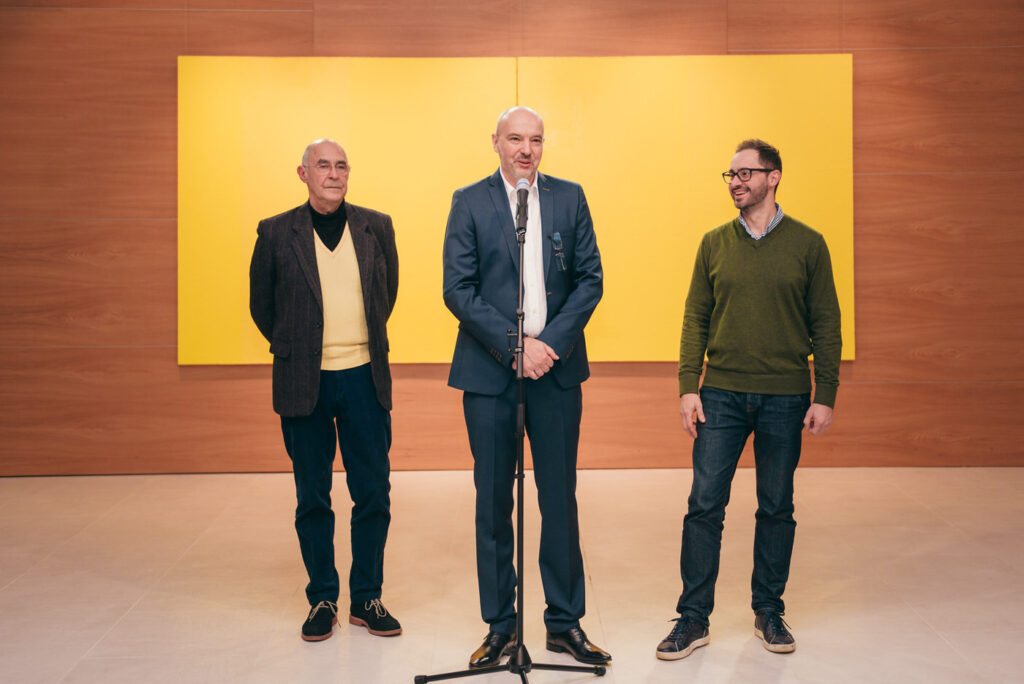
— Perhaps in some cases it is even about fully discovering Ukraine for yourself first, and only then trying to discover the world?
— I remember how five years ago I was in Japan. I was just walking around Tokyo, got lost and couldn’t load any map then. Suddenly, a girl came up to me and said in English: “Maybe you got lost? I want to help you.”
I say: “Yes, I’m lost, I don’t know how to get to this address.” She answers: “I will take you.”
The Japanese do not believe that they have no time. They allocate their own 15 minutes for this and take you to the right place. As we walked and chatted, I asked, “How are you doing with tourism? Do you like to go somewhere? She says, “Oh, I really like to travel, I’m a tourist.” I ask her: “Where are you?” And, surprisingly, she talks only about Japan. Then I clarify: “Are you visiting somewhere abroad?” “No, it’s too far. Our tourists are, first of all, those who travel around Japan,” she answers. I’m surprised, because in our country, tourism is if you dumped somewhere.
After this situation, I caught myself thinking that domestic tourism is a great opportunity for Ukrainians to get to know each other. When people travel to each other, there will never be disdain for other regions. That is, respect is formed not by mass media, but by personal experience.
When people travel to each other, there will never be disdain for other regions.
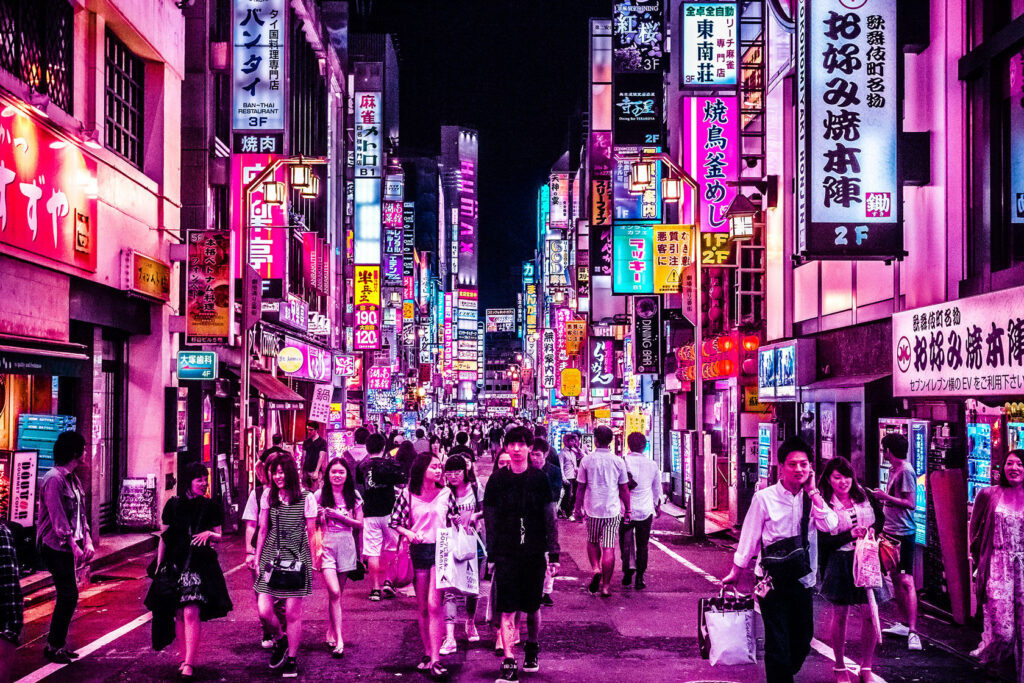
— When we talk about the potential of Ukraine, what other things, apart from domestic tourism, would you recommend paying attention to?
— When we talk about Ukraine, we also talk about a multicultural environment. This is a big plus, which has historically endowed Ukraine with a colorful cultural environment. But if there is no common goal, it will gradually lead to divisions. There should be a common goal for everyone who works and identifies as a Ukrainian.
Jews, Armenians, and Poles identify themselves as Ukrainians. We should invest our soul, not money, in the humanitarian sphere as much as possible. This approach will give us the opportunity to say that when we lay down the diversity of possibilities, taking into account each national, territorial, ethnographic feature, each of them will be able to add its own special note to our common symphony.
There should be a common goal for everyone who works and identifies as a Ukrainian.
Policy
— You often mention the humanitarian component. Can we say that it is fundamental not only for the Ukrainian case?
— Modern geopolitics is based on humanitarian ties. When we talk about identities in the conditions of real geopolitical changes, then, first of all, they are based on values that unite environments. In my opinion, it is on the basis of real, not just declared values, that future political or humanitarian-political environments will be formed.
We now see that there is a high probability that the humanitarian system that existed before will gradually disappear. The very concept of the state will be transformed, the economy will be transformed. Concepts such as crisis or boom will simply disappear.
— If we take the case of Crimea and Donbas, can we say that such events could have happened, in particular, due to the lack of a well-thought-out humanitarian policy regarding these regions?
— Yes, it was not some kind of improvisation, it was a strategy, a long game. In the case of Russia, it is obvious that they know how to play the long game and at the same time use the factor of humanitarian policy. This is exactly the kind of imperial ambition we lack. We understand that there are imperial nations and there are peoples. At the same time, we have all the historical, cultural and financial opportunities to act in this way.
— From your words, it becomes clear that you do not support the thesis that “art is outside of politics.” That is, what you do is at the intersection of art and politics?
— I was once told: “Well, you don’t do politics.” Today, when I am engaged in culture, I actually only engage in politics. Those in politics deal with management, but sometimes they exaggerate their role. Countless years will pass, and no one will remember them. They will remember artists, poets, writers, figures who developed the humanitarian and philosophical space, they will remember architects. They will remember the architecture of Kyiv against the background of buildings of the beginning of the 21st century.
— What, in your opinion, should be done by each of us in order to discover the mentioned humanitarian component in our own lives?
— We need to get rid of that mental gutter disease. I mean not accepting the talent of a neighbor, envy, not appreciating one’s own. Envy turns into brutality, a careless attitude towards the environment. I’m talking about the environment as a whole: from architectural to human, from rural to urban, from ecology to media hygiene. Actually, when we remember all these things, we are already slowly healing.
Currently, there is no other recipe for working with the past and respecting it, whatever it may be. To respect and openly talk about difficult periods, about what we call failures. We sit on the pathos, we remember some of the most vivid events only as part of our own experience. We have to look a little higher at those things. After all, every minus, if we analyzed it, turns into a plus.
— If we talk about the people on whom all this depends at the state level, that is, about the elites. What do you think they should be?
— Real elites are leaders who give up most of their personal interests for the sake of public interests. This is one of the principles of how to divide society. A person can be really cultured, but he will work only for himself, he does not exist for society. Public interest is not in the minds of such people.
In most cases, elites are people who take great responsibility for certain directions. Some of them begin to engage in philanthropic programs, some form the field of educational institutions, some support culture and literature, some organize thematic events. Someone is an activist for the preservation of cultural heritage, someone is an activist in the field of modern art. There are even activists in the field of science, just as there are those who form volunteer movements. In fact, all these people can be called elites.
— If we talk about political elites?
— The concept of political elites currently sounds very ambitious. These are, in fact, politicians who are capable of practically 100% giving up their own interests and the interests of those around them for the sake of serving the main goals of civil society. People who can do this get into the political elites.
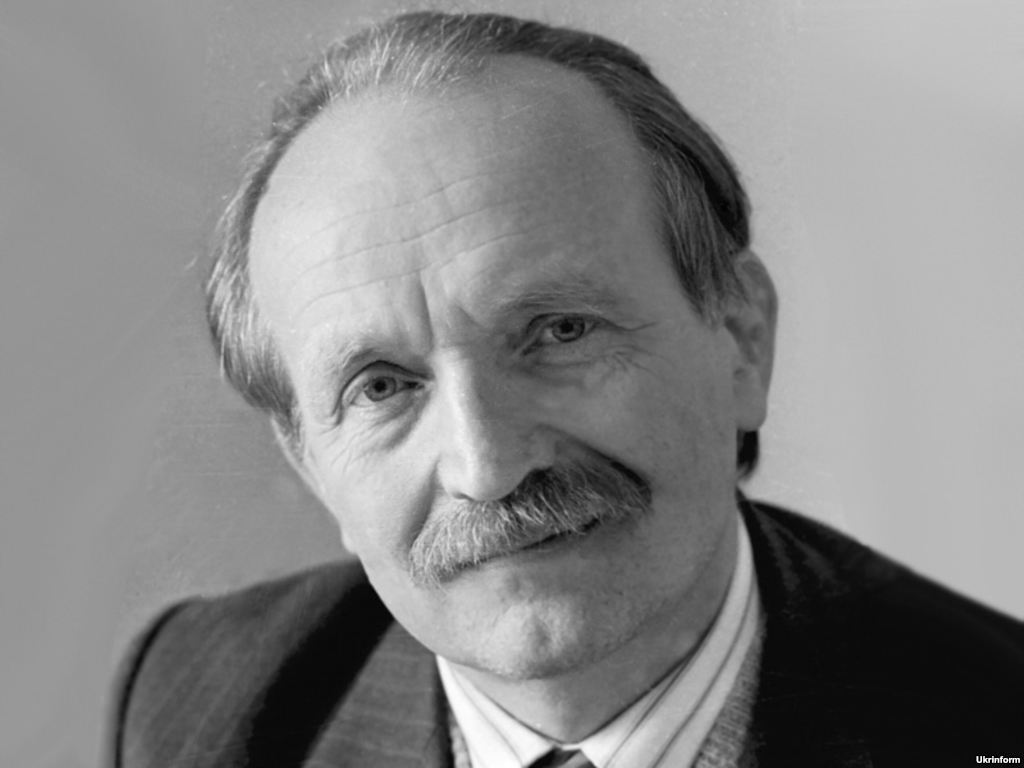
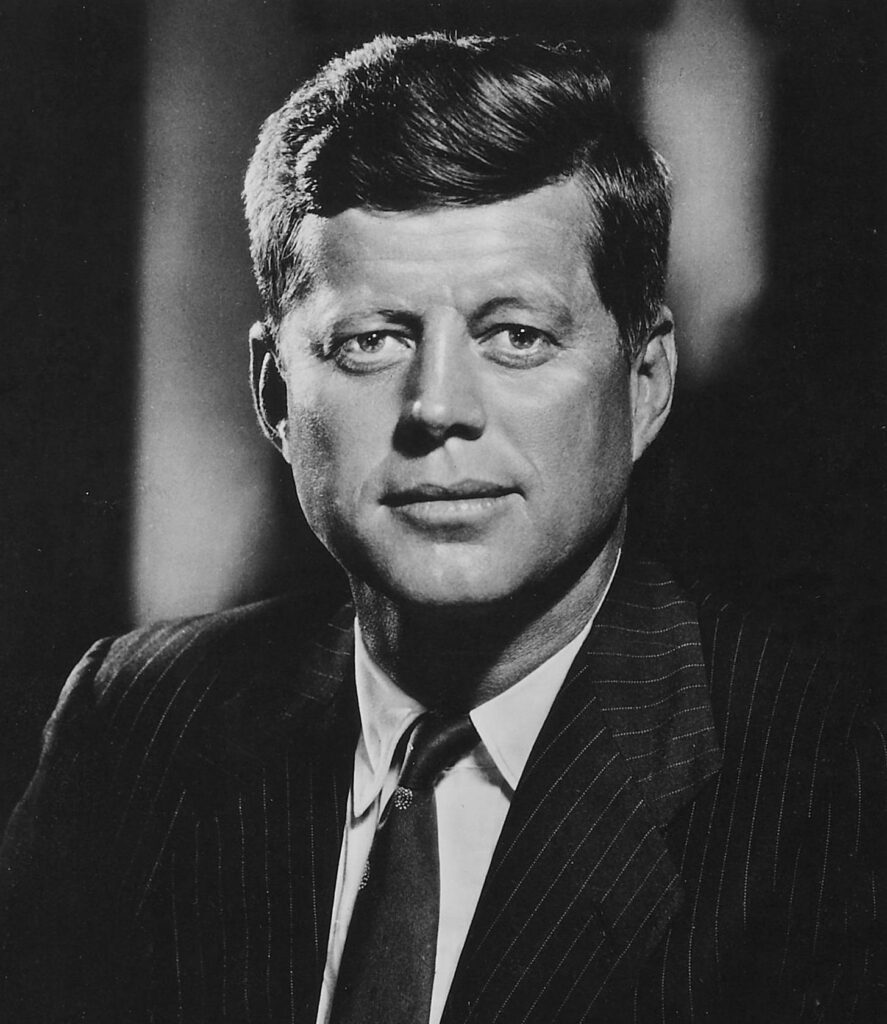
On the left – a photo of the outstanding movement Vyacheslav Chornovol, on the right – a photo of the 35th president of the United States, John Kennedy.
— If we talk about the negative meaning of the concept of elites, which we are used to in Ukrainian realities, how would you characterize it?
— I’m sorry, people who simply hold some political position can be called politicians-officials, but the word “elites” cannot be attributed to them in any case.
Oligarchic persons can very rarely fall into the elite, because the oligarchic component is a priori parasitic. What is an oligarchy? This is the connection between business and politics. When we talk about the oligarchic component, in fact, I single out oligarchs as a specific caste of people who work on their image, but in general they are not elites. Such people want to be elites, but they are not. Unfortunately, they cannot be elites, because the background of their activities is too destructive for society. However, I am very diversified in business and oligarchy for myself.
— If we consider museums, what, in your opinion, is their role today?
— First of all, a museum is not only a reliquary. The museum is the environment for the formation of the intelligentsia, the highest point of representation of the achievements of the country: its people, environment and culture. Indeed, the intelligentsia creates all this. Now that we are actively working with museums, I see how routine sucks people with big heads. These people no longer have time to realize their mission. They become kind of managers who, in fact, perform some administrative functions just to stay afloat.
When we talk about saving today, our successors won’t know our name, because all the servers will go down. If there is no newspaper with that interview in the library, no one will read it in 500 years.
We need to be very clear that online and offline products that capture the environment should be used simultaneously. If a smart online resource does not publish digests at least once a year and distribute them to archives, libraries, universities, and academies, no one will remember it in five years.
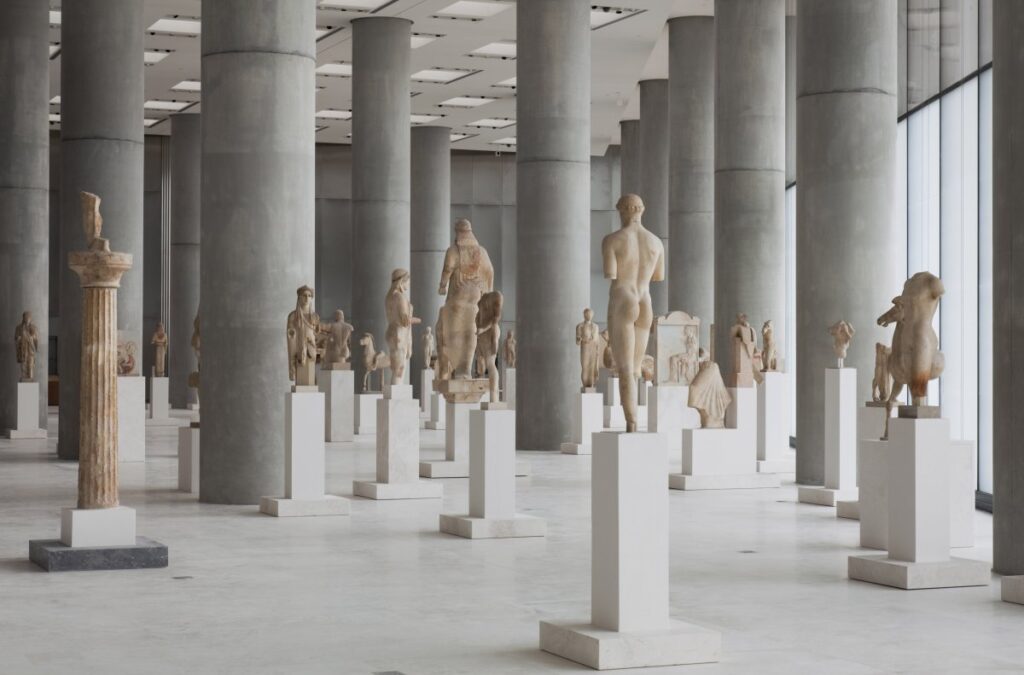
— It is quite possible that digital media is not the most reliable archive for future generations. In your work, have you had to face the fact that the lack of printed products led to the fact that, for example, there was literally nothing left of a photo from an exhibition?
— Just recently I corresponded with an acquaintance, and in the conversation he mentioned the missing archives from exhibitions that took place over the past ten years. The files simply disappeared. He tells me, “We can’t find anything, not a single photo.” Unfortunately, we do not value ourselves if we do not preserve those archives.
What will happen next, when within ten years the generation that still carries some information, saw and knew something will pass away? A generation will come that will not even remotely remember the event that was decisive at the time. Such an approach is true ungratefulness towards oneself.
In what is called “preemstvennost”, in the transmission of all students, only an example is a proof of a certain belief in what you are doing.
— What, in your opinion, should we do to get closer to a dignified attitude towards ourselves and the time in which we live?
— We have to make and save volumes of information, on which volumes of truth will be formed. The following generations will be based on them, they will see how carefully we treat ourselves and the time in which we live now. Accordingly, they will treat their time with more respect. In what is called “preemstvennost”, in the transmission of all students, only an example is a proof of a certain belief in what you are doing. If there are no examples, but only a theory, all this is a huge quagmire, a huge quagmire, from which we have to pull ourselves out.
— Are you satisfied with the Kyiv History Museum that we have today?
— Currently, we have such a small, adapted Museum of the History of Kyiv, which is largely based on funds formed back in Soviet times. Instead, there is now a good initiative to make a truly modern museum of the history of Kyiv, which would explain all currents and phenomena. I think that the best place for it would be the location of Gostiny Dvor on Kontraktova Square. Instead of the ruin that is standing there now, make a really powerful museum that would be alive. The history of Kyiv is not over. I very often have to tell: “Friends, why don’t you collect? Art did not end with a certain period, history did not end, it continues, whatever it is.”
— Let’s return to the topic of politics. Speaking of the previous president who failed to win the last presidential election. How did you perceive his defeat and the victory of a person who, in fact, does not have the necessary management experience?
— Oddly enough, I was just as worried during the election campaign. However, now I clearly understand that then there was pressure, because it is not the politicians who should be worried. They must be hired, chosen by us.
We have to worry about the elites who are working on the formation of identity. Not the president, but the elites create the state. The president serves the state for about five years, if he fails, then even less. If he is a good president, then he will probably have more luck and be elected for a second term, but this is conditional responsibility. The greatest responsibility is by no means his.
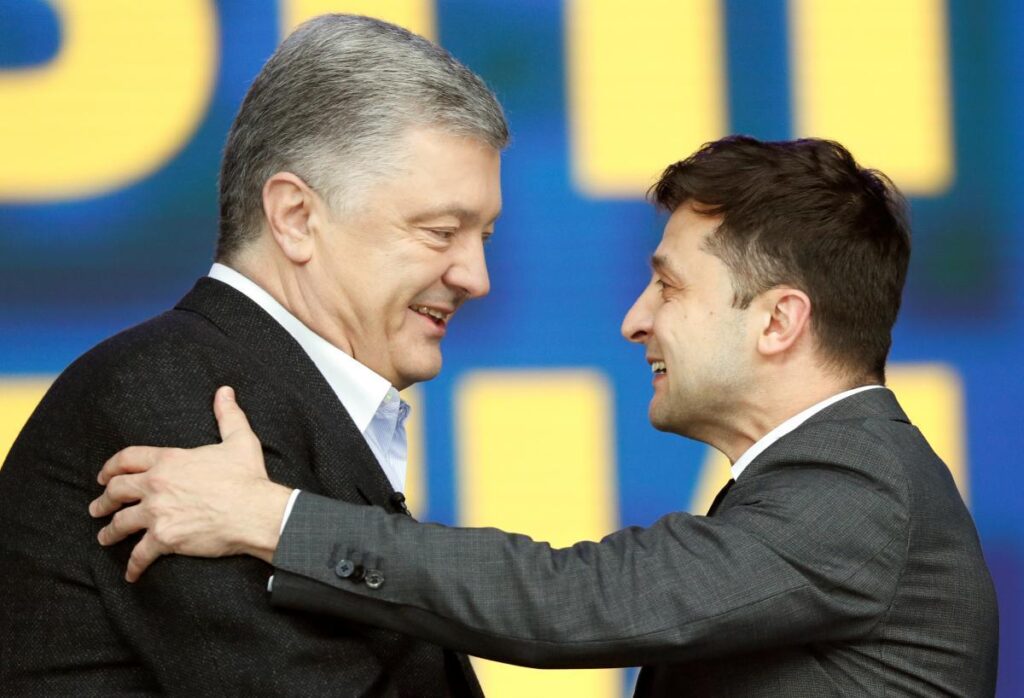
— In your opinion, what contribution can the intelligentsia make to social life?
— When we talk about the maximum effect that we can get from the actions of the intelligentsia, then, actually, at the moment, I warn the small critical mass to be ambitious. Many of those people who could be called intelligentsia today run away from what we call responsibility, and this is a big disadvantage. Because at all times only the responsibility of the intelligentsia, intelligentsia, their dedication formed the guidelines of society.
— Now can we talk about a certain non-shooting revival?
— Today we see this revival. But what exactly is revival? This is, first of all, a critical mass of those who can. This is not just a direction in art.

Worked on the material
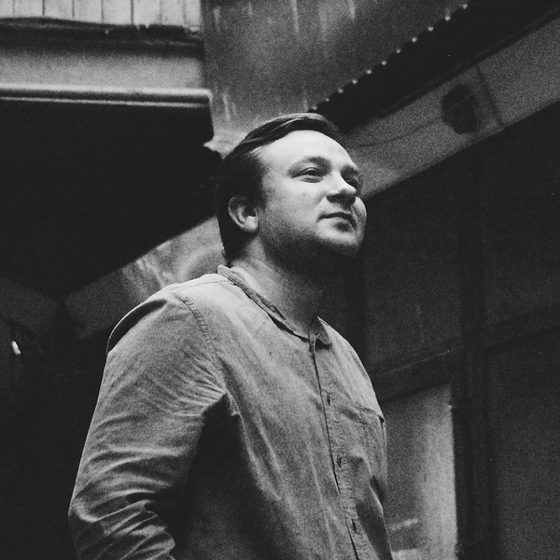
Yaroslav Karpenko
Editor in Chief
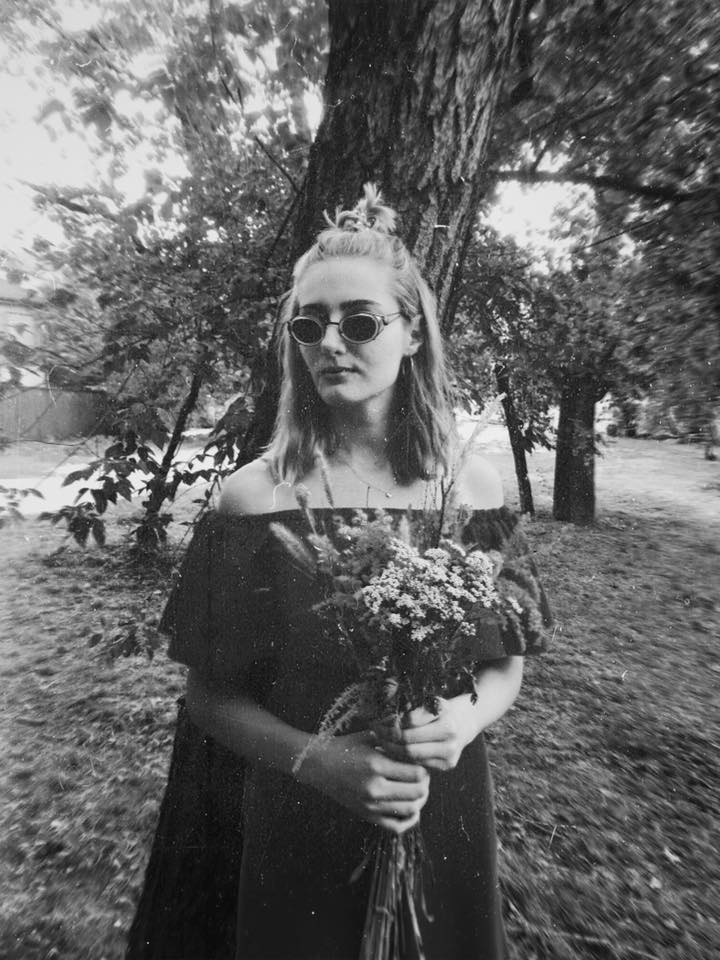
Yana Sychova
Editor
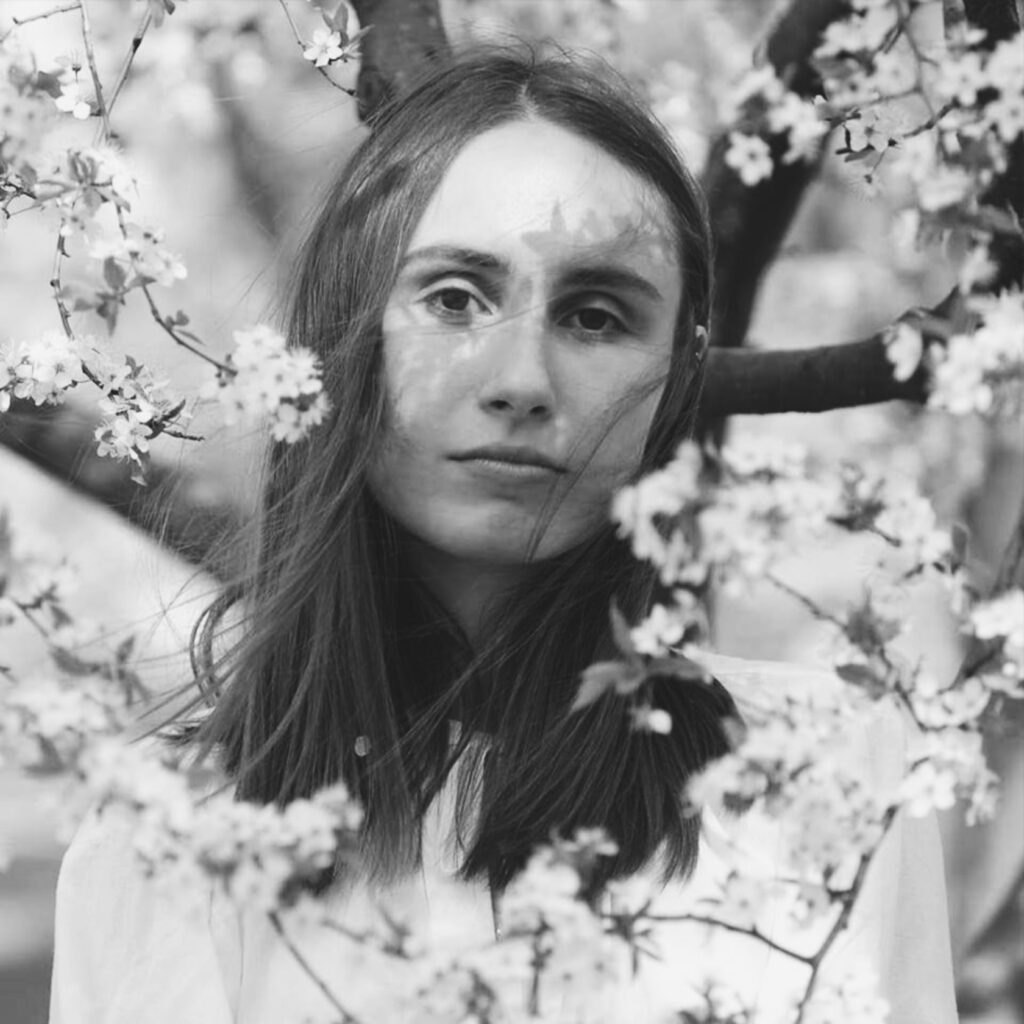
Lyudmila Kravchenko
Photographer

